For a couple of months now, two of our favorite illustrators have been working on a special interview and illustration for us, and today we are so happy to unleash it on the world! Mark Riddick and Daniel “Desecrator” Corcuera are two of the world’s most notorious metal illustrators, and both of them know how to tap into the deep evils and fears of humanity. They teamed up on a brilliant piece of artwork (below) that we will be releasing as a limited edition, web-only tee in a couple of weeks. They also sat down for an in-depth and fascinating interview that explores them both as artists and people. So check out the full interview below and stay tuned for the tee announcement!
 Mark Riddick X Daniel Corcuera for CVLT Nation
Mark Riddick X Daniel Corcuera for CVLT NationMark: Daniel “Desecrator” Corcuera came upon the underground metal scene about a decade ago, and has risen above all of the mediocre visual filth to shine an unholy light upon many of the records, CDs, cassettes and fanzines in your music collection (assuming your collection is anything like mine). Daniel’s work is ominous, ritualistic and as black as the darkest pit of Hell. The detail and atmosphere of his work is unforgettable, bringing to life nightmarish landscapes, cloaked beings summoning unearthly creatures and undead skeletons defiling all things sacred. Please take a moment to read below and find out what makes Daniel so uniquely gifted and why he dedicates his time to the dark arts.
Daniel: Greetings, Mark. It’s a true honor to hear such words coming from someone like you. It is a bit less than a decade ago that I started to work in the underground, and I’m still surprised by how far this path has taken me. I suppose you are aware as well of where your blasphemous and gore-soaked pen work has taken you and your career. Your talent is today well known, not only by the vast underground black and death metal scene, but also in a wider spectrum, piercing deeper and deeper and not stepping a single inch back in today’s saeculo – something that you truly deserve for sure.
Mark: Daniel, your artwork is in high demand these days — and for obvious reasons. Before I begin inquiring specifically about your artwork, I would like to delve into your past briefly. You arrived into the underground black/death metal scene during a strange time; it seems the old way of doing things (fanzines, trades, demo tapes) is a rather rare occurrence due to the onset of the Internet and the conveniences associated with it. Despite this, you’ve gravitated toward the attitude the underground scene once held in the late 80s/early 90s by adopting some of the ‘old ways’ in your approach to everything you do. How did you first discover extreme metal and what motivated you to do artwork for this genre?
Daniel: I’m glad that you mention this, as I completely agree. People from my generation got the worst metal period that ever existed in my opinion, at least in a more mainstream view. It was all about melodic life metal and gothic gay non-black metal or even worse, if we remember that nowadays-extinct nu-metal bullshit; and artwork-wise, metal traditions were blasphemed and abused with digital images and all that mid 90’s trend of making things look like shitty video games. Some people may not note it, but you have to consider the fact that nowadays you can have bands like Watain or The Devil’s Blood in magazines that you can buy in a regular store in the street instead of Cradle of Filth and Slipknot, and most of the bands and labels have taken an old school approach concerning their artwork.
Certainly, my way of dealing with things was natural and even innocent I would say, as I was not trying to be old school nor had I a specific attitude toward anything. It is just by irrelevant factors that I was born and raised in a rural town in Chile where everything was, and probably still is, a couple of decades delayed, so perhaps it actually was like living back in those years. I never had a computer or access to the Internet. I only listened to cassettes, as I didn’t have a modern stereo, thus I was dubbing my own copies of the stuff I liked and drawing the logos and the covers by myself (that was my first approach to doing artwork for bands), and I remember it was extremely hard to get hold of new recordings as there were no music shops, nor were there many metalheads. During the late 90’s, I started to search for music that suited my tastes and interest in all things dark and evil. The first band that really made a deep cut in my young mind was Black Sabbath. Then Ozzy Osbourne, Slayer, Sepultura; then Mercyful Fate and King Diamond; then Samael, Venom, Celtic Frost and Bathory; then Mayhem, and my soul was cursed for eternity.
My motivation for doing artwork was also natural, as I’ve been drawing ever since I can remember. I was sketching strange creatures, monsters and epic stuff way before discovering metal (probably influenced by the comic books that I was reading as a kid). I know that you actually started working for bands during the old days, so maybe you have a similar story, but only happening a decade earlier. Please tell us more about your initiation into Metal and how you ended up making artwork for bands and fanzines.
Mark: I always had a genuine curiosity about music, as my parents exposed me to many of the pop and new wave bands they listened to during the 80s, like Styx, Asia, Toto, Men at Work, Genesis, Depeche Mode, Fleetwood Mac etc. I eventually purchased my first hard rock cassette, which was Bon Jovi’s “Slippery When Wet,” and my life was changed forever after that. My interest in hard rock came at age 10 and by age 12 I was listening to bands like Demolition Hammer, Excel, DBC, Cryptic Slaughter, Sacred Reich, Nuclear Assault, Possessed, Coroner and Destruction. Soon after, at age 14, I picked up the first demo tape from the band, Arghoslent, at a local record store. I was shocked to hear a local band playing music similar to what I was into and I wrote a letter to the band expressing my appreciation for their music. My letter was answered with a reply and some underground fliers stuffed inside the envelope. Ever since I opened that letter I haven’t turned back; 20 plus years later, I’m still an underground metal maniac and I’m still sending letters and packages out stuffed with underground fliers. I quickly discovered the underground was an outlet for me to spread my artwork by drawing fanzine filler art, demo tape covers, 7” EP covers for like-minded bands from all over the world. It was my portal into a genre of music that was pushed miles away from the mainstream; an elite group of die-hard fans, passionate musicians with a do-it-yourself attitude and record label owners who didn’t give a fuck about trends.
You’ve mentioned in the past that your father is a well-known and respected artist in the Chilean fine art community. His work is a far cry from what you are doing, but talent is clearly something that runs in the genes. You have also mentioned in the past that you and your father were not always on good terms with each other. Has this changed since you’ve found an immense amount of respect and a large following for both your illustrations and tattoo work?
Daniel: I’ve never had a real relation with my father. He left us when I was just born and I met him again when I was eleven years old. I had to travel by myself to Ecuador, where he was living at the moment, and spend one or two months with him. Then we didn’t have any more contact, or just when he did his last exhibition in Chile, a year after I went to visit him, and it has remained like that since then. I know he now lives in Morocco and stills paints. He changed his name to Francisco “De” Corcuera and now believes to be some sort of Baron, which proves that also insanity runs in the genes. I have no idea if he is aware or not of what I’m doing, but I’m quite sure he would not feel proud of me as I remember he wanted me to become a fine artist and be part of that fake and pretentious world.
I know that your parents encouraged you to follow your passion and also your school teachers. That was very different to me, as no one was trying to convince me to do what I do now, but rather the opposite. I was often questioned at school for the themes of my drawings, and even a couple of times expelled because of making stuff too offensive or blasphemous. It is funny to remember that now, but I recall at the time being frustrated and angry, so probably that also affected my views on art and the images that I choose to draw or paint.
Mark: Although my parents and teachers were supportive of my craft, they didn’t always understand the subject matter. I too received some criticism from classmates, etc. who thought I must have worshipped Satan or some ignorant shit like that. I believe my parents are numb to my artwork at this point; they take pride in my accomplishments, especially my father, who is an atheist (he can appreciate my blatant criticism of world religions).
Most of the artwork you do is pen & ink black and white illustration, but you have also experimented with color pieces as well as tattoos. Between the three of these approaches, which is your favorite and why? Is one technique more profitable than the other in terms of income?
Daniel: I don’t really know. Being honest, I’ve never liked to stick to anything in art, so I can’t talk about a specific style that I’ve developed or do, and this art being visceral, intuitive and above all things strange and out of this world, it is natural for me to just do whatever I feel or find adequate for each piece or concept with which I’m working. It is a bit the same concerning terms of income, which is something that I do not concern myself with much, despite the redundancy. Most of the time, the intricate and small black & white ink pieces that I do are less valued and take way more time to be done than the usually bigger color paintings that, if the inspiration is strong enough, can be done in a single day. I think it mainly has to do with the size, as bigger projects inspire higher prices. So answering your question, probably painting is more profitable than drawing, at least in my case; but the fire that burns inside me is still strong enough to keep me doing small ink drawings for more years. I never pick any favorite thing, so depending in my mood and influence/inspiration I could choose paint, color, black, ink, blood or whatever I feel it suits for the right tool to materialize what lies beyond.
I suppose your case is the opposite, as I have never seen a single color within your work and you have remained loyal to the black & white classic style right from the beginning. Nevertheless, for the trained eye it’s not hard to see the evolution of your art, be it in terms of composition, line work, human anatomy, etc. I wonder how important it is for you to keep a recognizable style versus reinvention and finding new ways to develop your work, and said in simpler words: to not bore yourself or your fans?
Mark: It’s true that my work is nowhere near as adventurous as yours. I used to do some painting when I was in college but my love for pen & ink, coupled with my devotion to retaining the old underground metal atmosphere, compelled me to carry the torch of black and white throughout the years. I’m not yet bored with ink drawing; I still believe there to be plenty of territory to discover. As you know, being an artist is also about exploration and challenging your own abilities on occasion.
Do you earn your living from your artwork? If so, how do you manage your time and living expenses?
Daniel: Most of my income comes from tattooing, so maybe that’s why I’m not so concerned with making much money by my artwork. That may change in the future if I decide to take a break from tattooing, translating in a need to raise my prices for art commissions. I don’t have a regular job nor am I a routine person. I have lived most of my life changing my environment and situation for different reasons, thus my time is used in different ways depending on what keeps me busy by the moment. Nowadays, I’m tattooing 3 days per week, which just allows me to make enough to pay my bills and basic expenses. It is important now to have that extra time outside of tattoos, as I need to focus on different factors such as music, studies, practices and working on my own personal drawings or paintings, which could all be pushed aside if I travel and only focus in doing tattoos.
I am also aware that even though you’re a completely professional illustrator in terms of working with commissions and such, you have a regular job as a graphic designer and take the drawing duties on your free time. Considering that, and the fact that you have to take care of your wife and kids, and that you play in more than a couple of bands, it’s really hard for me to imagine how you manage your time to be so prolific and efficient. Besides explaining to us a bit about your routine and schedules, can you also give some advice to people that have a hard time dealing with their time and responsibilities?
Mark: I’m very passionate about what I do, so I make time for the things I care about. I have many tasks to balance; time management can be challenging and I don’t always accomplish what I want during the day. Unlike your varied and active lifestyle, mine is very predictable for the most part. Here is an example of a typical day for me: I wake up at 4:40am, I drive my daughter to my in-laws so they can watch her and take her to preschool during the day, I arrive to my day job as a graphic designer at 6:30am, I might spend half an hour during my lunch break illustrating (to get away from my desk and the computer), I finish work at 4:00pm, I pick my daughter up and arrive home at 5:00pm, I spend my time between 5:00-7:30pm cooking dinner, cleaning dishes, playing with my kids and getting them ready for bed, between 8:00pm-Midnight I do different things, like spend time with my wife, illustrate, answer e-mails and update my social network online, write/record music, etc. Then I go to bed between Midnight and 1:00am and do it all over again the next day, etc. I usually spend about half an hour to 2 hours at most drawing each day; I typically spend more time doing administrative work rather than drawing (such as contacting clients, dealing with requests, e-mail, and things like that).
Daniel: Damn, I’m impressed! For me, it has always being hard and weird to be the one that has to set prices for my own work. I suppose that even for an artisan or any freelancer it must be similar, but probably it’s even harder when you deal with artwork, since the “real” value of a piece is pretty subjective or even nonexistent for some people. I’m not asking you to talk about money or rates, but I would like to know what kind of criteria you use to charge for your art.
Mark: This is a dilemma most artists struggle with; how do you value your talent and time? Artists have different answers and opinions about this question. From my point of view, I have to take into consideration the fact that the music scene is hurting due to the onset of the Internet and the illegal downloading of music. With this in mind, I need to keep my artwork within monetary reach. Bands need artwork to help sell their records and merchandise, but they still need to turn a profit on their products even after the manufacturing costs (on top of the art/design fees). Essentially, I have set my rates at a fair price; low enough for serious clients to still turn a profit after the art and manufacturing fees, yet high enough to discourage unprofessional or flippant bands to approach me for work. In addition, I always charge a flat rate for illustrations and logos (regardless of the complexity of the request); some artists charge based on the request.
Daniel: That means that you charge the same rate to big bands as lesser known/underground acts? Besides analyzing the time that a certain commission might take me, I also put into consideration the popularity and success of who’s requesting me to do a certain work, as I know that there’s still a lot of bands that doesn’t have much money but that I enjoy their music and would like to create drawings for them. Do you feel like this as well?
Mark: Yes, I charge a flat rate for my artwork regardless of who the client is. If a band approaches me, who I happen to really worship, and they don’t have a big budget for artwork, I will sometimes arrange a partial payment/partial trade arrangement with them. In most cases I don’t do that, but there have been exceptions in the past.
Moving on, as an artist, what has been your best experience with a client and what has been your worst, and why?
Daniel: I wouldn’t call myself an artist, as I wouldn’t call myself a metalhead or satanist, even though I burn with devotion and love for my spiritual beliefs and music, but it is okay if someone else needs to qualify or put adjectives in order to explain themselves to others. Both good and bad experiences have been numerous, and I consider each one of them as important steps of a staircase that leads me in directions perhaps not to be understood at the time being. I can mention a few bad situations, such as being threatened after denouncing a certain band for stealing my artwork and plagiarizing my band’s logo, being ripped off countless times by worthless bands that never released anything, Whores of Bethlehem who have erased my signature out of my work to credit themselves as owners and creators of pieces that I have made, and more shit like that. Instead of complaining about such things, I would rather take them as lessons and anecdotes.
On the other hand, being contacted by bands that I have been listening to for a long time and being able to meet and work with some of the people that I feel deep respect for is always an honor and encouragement. Tell us about you…any similar bad experiences or funny stories? Have you had the chance to deal with people that, instead of admiring your work, just seem to look for someone able to draw what they want or have in their mind, not giving you any kind of freedom or trusting your experience?
Mark: Most of the clients who come to me understand what they’re getting and don’t micromanage me. Every once in awhile, I’ll get a client who is very particular about what they want; it can make a project long and drawn out and is often a cumbersome task. I’ve certainly had to deal with the same problem as you; bands stealing my work on a regular basis, other artists stealing my work and then taking credit for it as their own (a despicable and completely unethical practice, in my opinion), bands not paying me for my hard work and time, and other stupid bullshit like that. It’s almost impossible to police it all so I’ve resigned myself to ignoring all of the rip-offs. On a positive note, like you, I’ve had the opportunity to illustrate for some of my favorite bands — and in some cases — bands I listened to and worshipped in my youth. It really is an honor to have these opportunities, and it keeps me motivated and focused on my craft.
Daniel: About the same, and despite that we all might have at least one clone/fan copying our work, you are probably the one artist with more fans trying to emulate your artwork in both decent and utterly shitty ways. How do you feel about all these (strangely enough, mostly Asian) kids copying your work, and what would be your message for them now that they could be reading this?
Mark: I’m really not sure how or why it happened, but my artwork has a large number of followers in Indonesia; most of the traffic to my website comes from Indonesia. There are several artists who are cloning my work there. The quality varies, but there are a handful of artists doing some phenomenal work. I’m fine with this happening; imitation is certainly a form of flattery. I’ve noticed other artists lifting your style as well; obviously not the same caliber as your work. Your logo style has definitely been an influence on other artists; even heavyweights like Christophe Szpajdel. I’m sure it’s an honor for you to witness your art impact other creative-types in other parts of the world. How do you personally feel about the cloning of your style?
Daniel: Sometimes I take it as a flattery like you said, other times I’m just impressed by how uncreative people can be. In Chile for example, there weren’t too many people offering their talent to the scene when I started, while nowadays, I’m not alone in this field, as maybe they also realized they can develop their art and career by doing this style of drawing. Once in a while, I get newcomers asking me for advice or telling me I was an inspiration or encouragement for them, and I’m glad I can help them in some way. There’s a more or less known art & design magazine in Chile that interviewed Christophe some time ago and he was talking about being influenced by a Chilean guy that happened to be me. I felt really honored, as the unrecognized art of doing metal logos owes a lot to him, and he is surely one of the masters of this camp. We even did a collaboration in creating logos together which resulted in a really interesting experience.
Mark: Daniel, you are clearly passionate about your art. What is it that you believe to be the motivation for you to continue pursuing your passion? What is the root cause? Do you have any advice for other artists who wish to be as successful and talented as you?
Daniel: Indeed, but sometimes I have the same problem with my work that any man could have with his woman. It is the urge and necessity that is born from a labor that is not completed, from a wound that has not been healed and for a tongue that needs to be vocal. As early as I started to draw, I became obsessed and bombarded with mental images of work that needed to be done. I have no advice for how to be talented or successful, but I would say that discipline and intransigence are key words if you want to develop further. I’ve been talking with Mr. Manuel Tinnemans about the process of creating a logo. We both agreed that at least for us, it usually takes more time than doing a cover, but no band is usually willing to pay more than 100/200 dollars for it. I think that most people don’t consider the fact of how much time and creativity it takes to make a decent one, and they just see the final result. Of course, anyone can copy or redo the Morbid Angel logo, so to say, but the fact of creating it, doing sketches, different versions, sending samples, waiting for approvals, fixing, etc. that makes it valuable. What do you think about this?
Mark: I happen to charge 300 dollars per logo, which is more than what I charge for illustrations; the main reason being not so much about the tedious nature of a logo, but rather the longevity of the logo. A band logo typically has a lengthy shelf life. Think of Metallica for instance – their logo is iconic, memorable, and defines the entire Metallica brand. A logo is vital to the way a band is marketed. A logo can reveal what genre of metal the band performs, what their ideologies are and what subject matters they write about, and it’s used on almost every product a band will ever manufacture. This inherently demands more respect, thoughtfulness, and attention than any t-shirt illustration or album cover artwork will command. Logos, in my case, vary in degree as far as complexity is concerned. I’m not really a fan of drawing logos, as I’d rather focus my attention on album covers and merchandise illustrations. I’m usually very fast when it comes to drawing logos, but I have had a few that have been cumbersome. In addition to providing the raster versions of a logo, I also create vector versions in Adobe Illustrator so that the logos can be reproduced in any size, whether it’s a button or a banner, without degrading the quality of the logo. It’s important to me that my clients receive quality art files that will reproduce properly when they go to press in order to reduce the possibility of there being a mistake or a misuse of the art or logo. I’m quite surprised, having worked with other artists, the lack of knowledge when it comes to prepress and proper file set-up when it comes to artwork delivery. I suppose it’s what separates the professionals from the amateurs.
On a separate note, where do you see yourself in five to ten years? What do you hope to have accomplished?
Daniel: I don’t see myself anywhere, but I do have plans to move to Europe; probably Finland. I hope to have found a bit more of stability, but who knows if the time will be right for that in five or ten years from now. Do you think you will be still working for the underground scene in the year 2023? Do you see yourself retiring from doing artwork for bands at any point of your career?
Mark: Finland would be a wonderful place to reside. I’ve read many articles this past year about how wonderful things are in Scandinavia. The average income among the Scandinavian countries is the highest in the world, the quality of life is ranked at the top, crime rate is low, and the education system is highly regarded — especially in Finland.
In regard to my future path; yes, I will still be illustrating in 2023. The path I have chosen is one that I will follow until death. I’ve worked way too hard to get to where I am; it’s in my nature…it’s in my blood. Being an atheist, my belief is that the only meaning in life is the one you make for yourself. Illustrating brings me much pleasure, even if it’s temporal; it’s one of the few ways I’m able to make my own personal mark on this planet while I’m still breathing.
Daniel: This might sound like a banal question, but I think we can reach an interesting point. Most of us like to grow long hair/beards, get tattoos, piercings (not to mention doing booze/drugs and in general have a fairly licentious attitude), while you seem to be quite out of this fashion. I wonder how important is to you to show a certain image in your daily life and especially if you take part of a musical project, considering your point of view from a graphic designer/artist and from a regular person.
Mark: I suppose I’m a bit of an unconventional metalhead. I’ve never had long hair, I’ve never taken drugs, I don’t have any tattoos or piercings, and I don’t smoke or drink alcohol. I know these are things are commonly embraced by the metal community, but they’re just not for me. I have an obligation to my family (including a child with special needs — autism), a full time job, and I must have a clear and focused mind to accomplish my day-to-day commitments. I take my work seriously; I don’t have the time or interest in anything that would potentially distract me from my goals and tasks. I don’t think this poses any damage to my “image” as an artist/musician. The subject matters I cover in my creative expressions certainly bring to light uncomfortable, aggressive, dismal, and dreaded components of the human condition. The idea of death and dying is something often placed in the back of people’s minds but it haunts me every day and in turn seeps through my art and music.
Lastly, please inform the readers of CVLT Nation about your black/death metal band, SLAUGHTBBATH. Your latest full-length effort is an auditory onslaught of relentless metal venom and should not be missed!
 Photo: BlackLight Estudio
Photo: BlackLight Estudio
Daniel: I’m glad that you liked our album. It took a long time to create and materialize. It is now released on CD format by Proselytism from Chile and on vinyl by Chalice of Blood Angel from France. Both versions feature different cover artwork and both have quite good design and production. We are now working on some new releases, one of them soon to be released in the form of a split 7” with the Swedish demons of Kill, the others being a split with our brothers of Hades Archer, another with Grave Desecrator and the last one a compilation disc including a lot of unreleased material.
Mark: This is wonderful news, Daniel. I’m pleased to hear that things are well, not only on the art front, but the music front as well. I wish you all the best in both creative realms. Keep up the superior work, Daniel! Metal ‘til death! Please close with any final words for the readers of CVLT Nation…
Daniel: I would like to thank you once more, Mark, for all the help you have offered me throughout the years and to the people of CVLT Nation. Keep up your blashemous work!
Mark: Likewise!




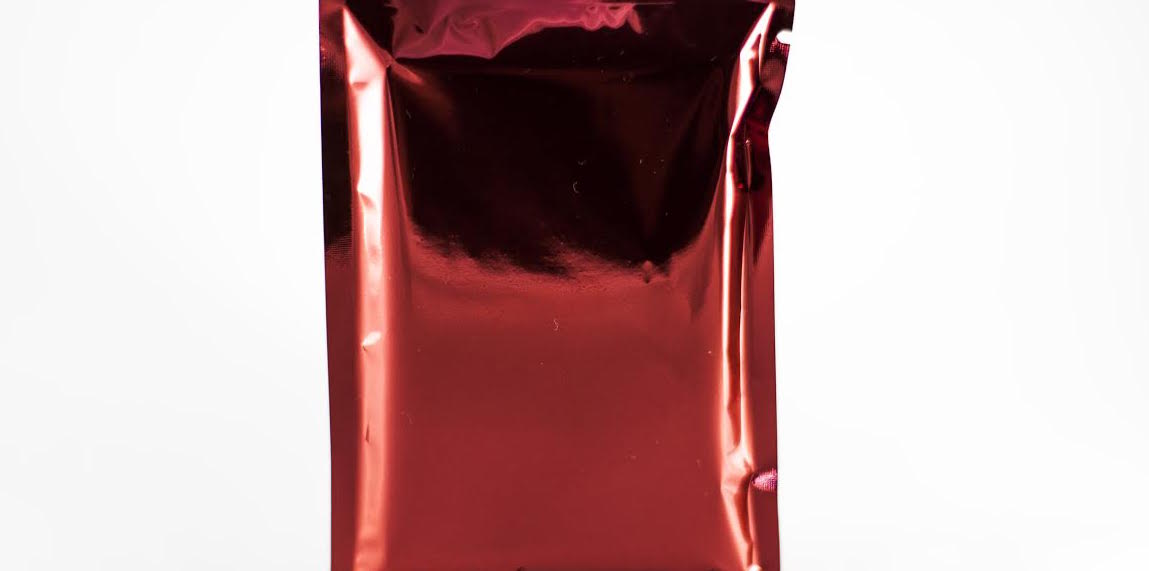
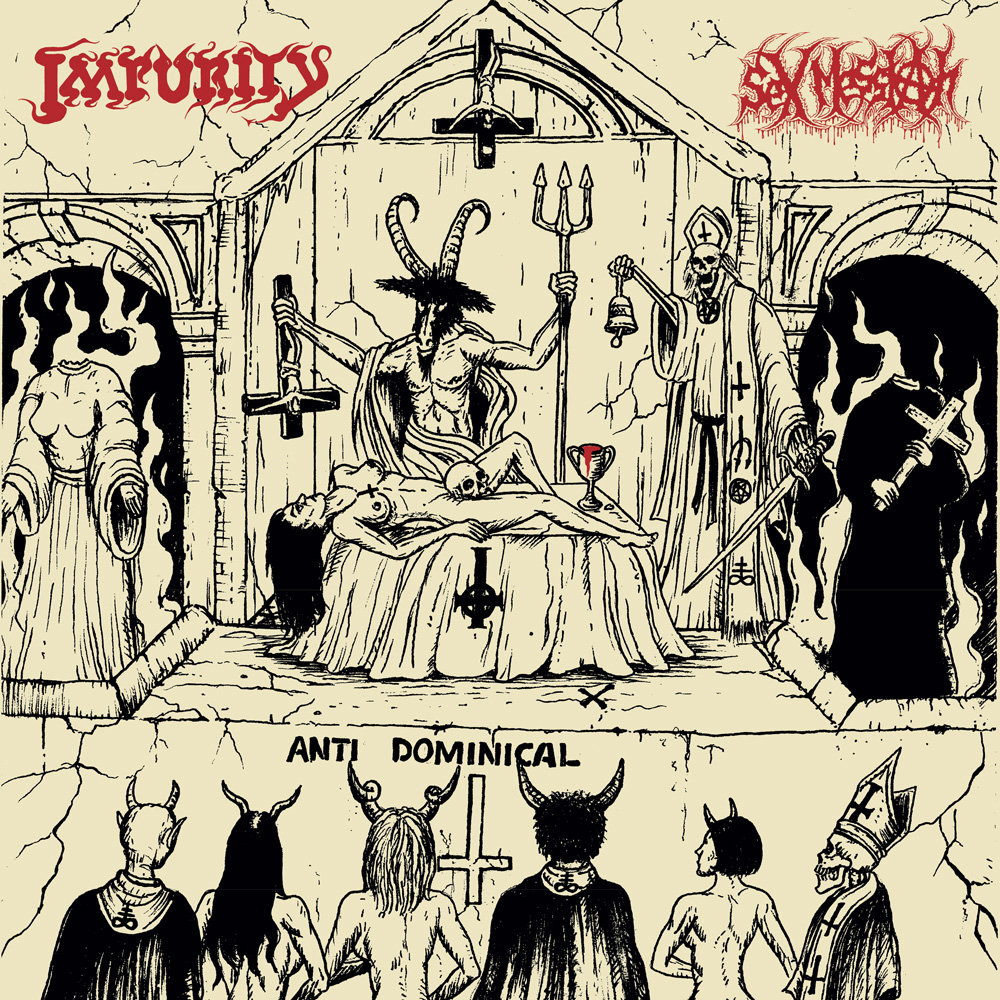

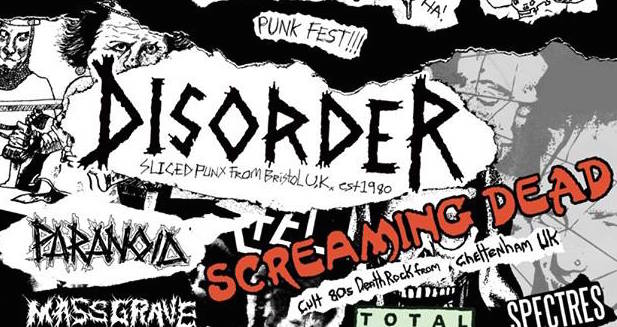

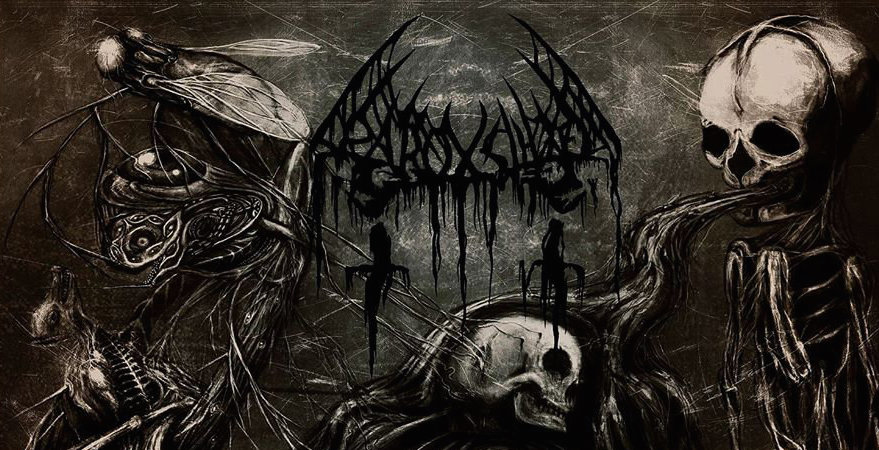
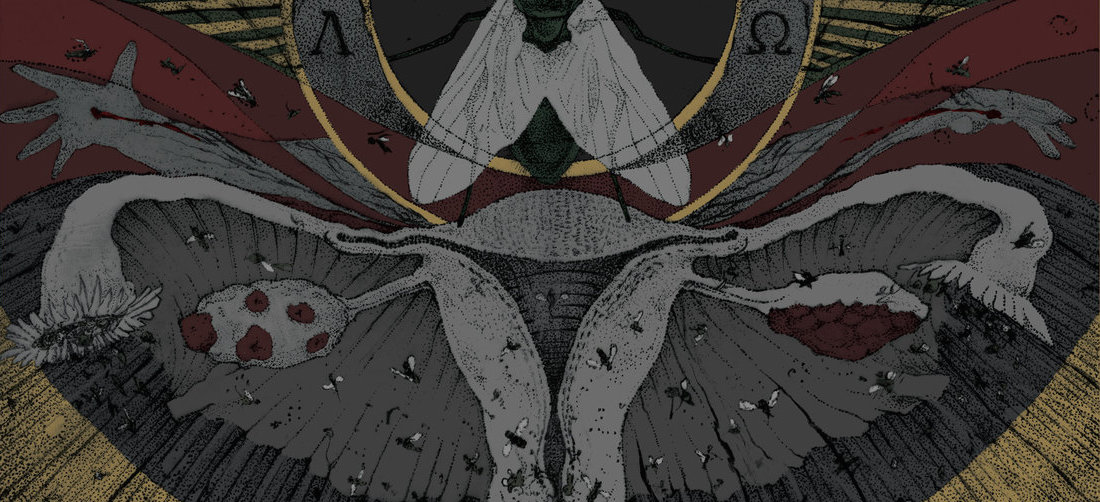
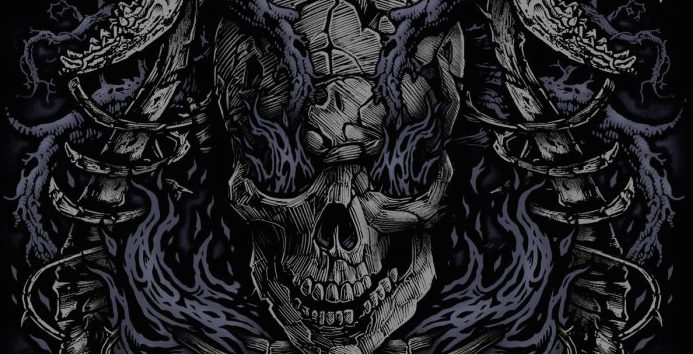
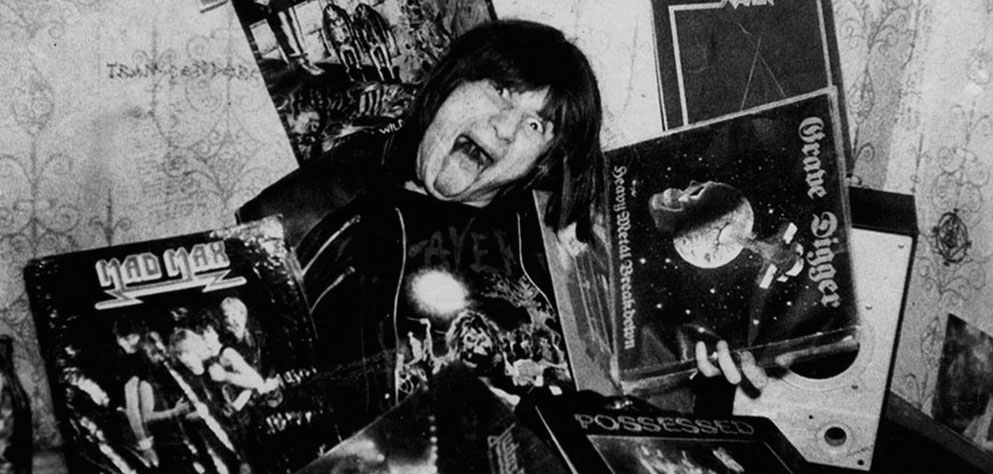
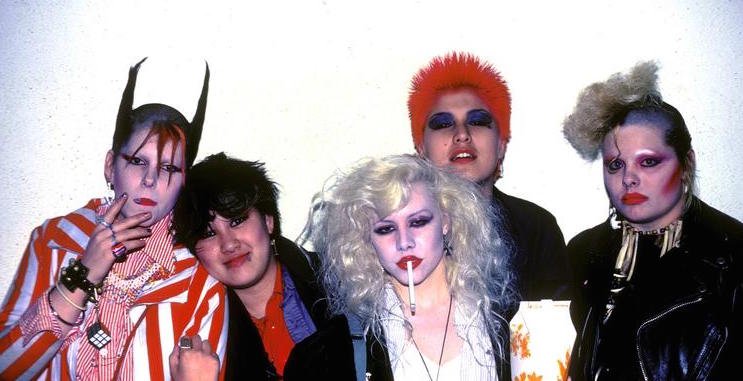
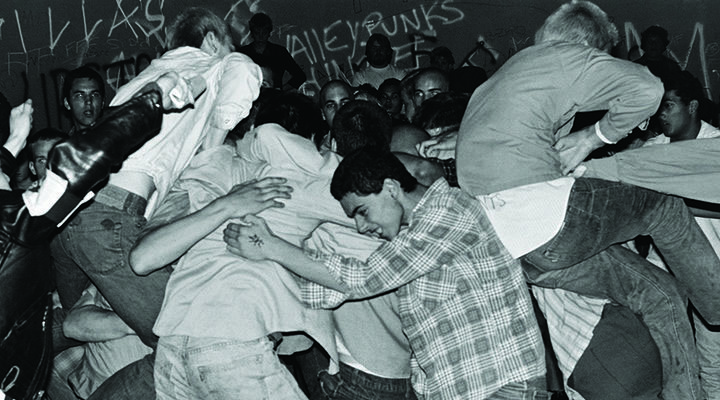


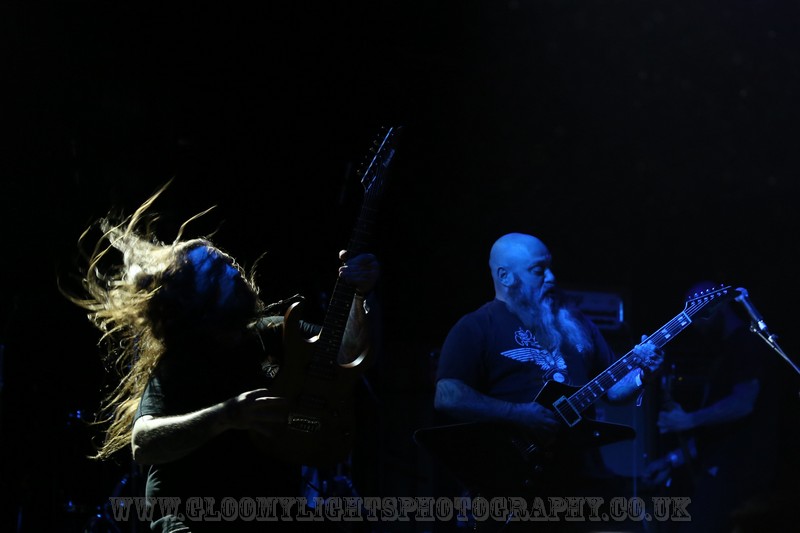


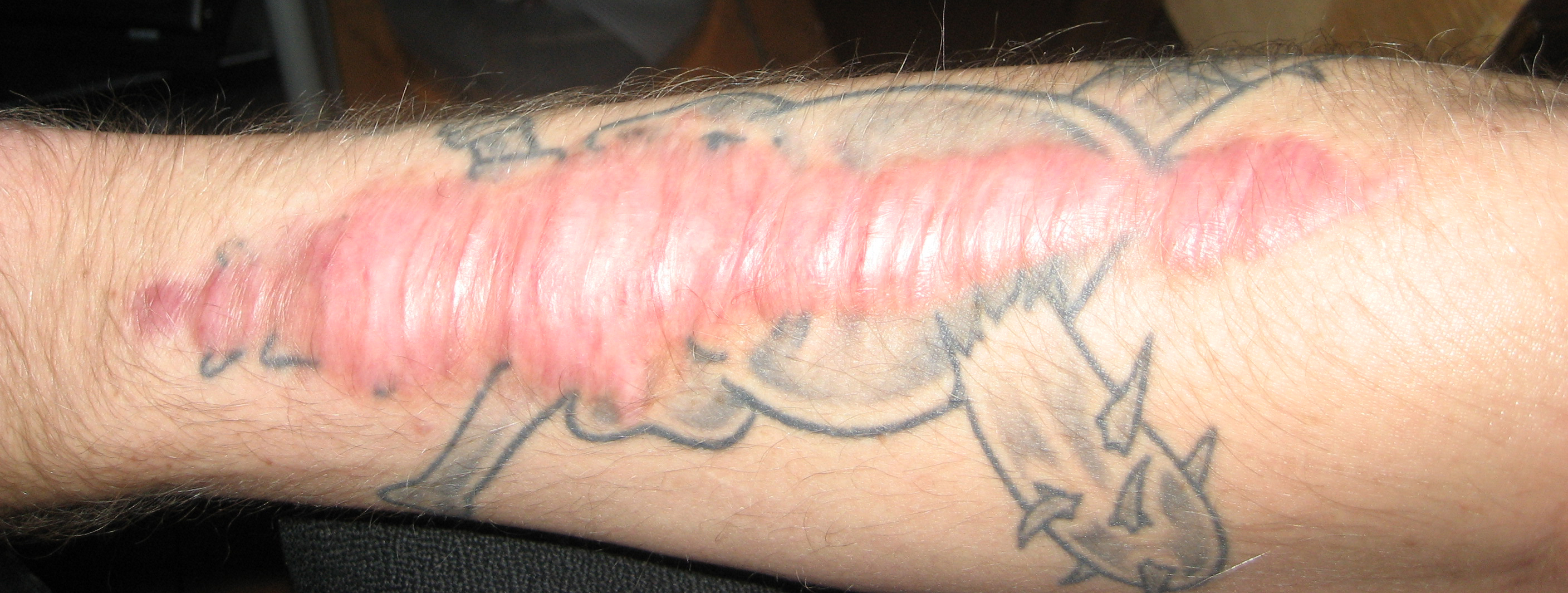
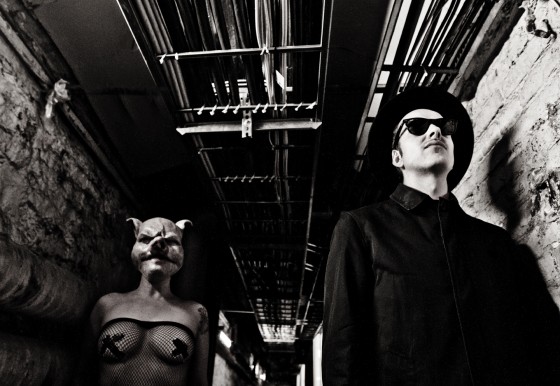
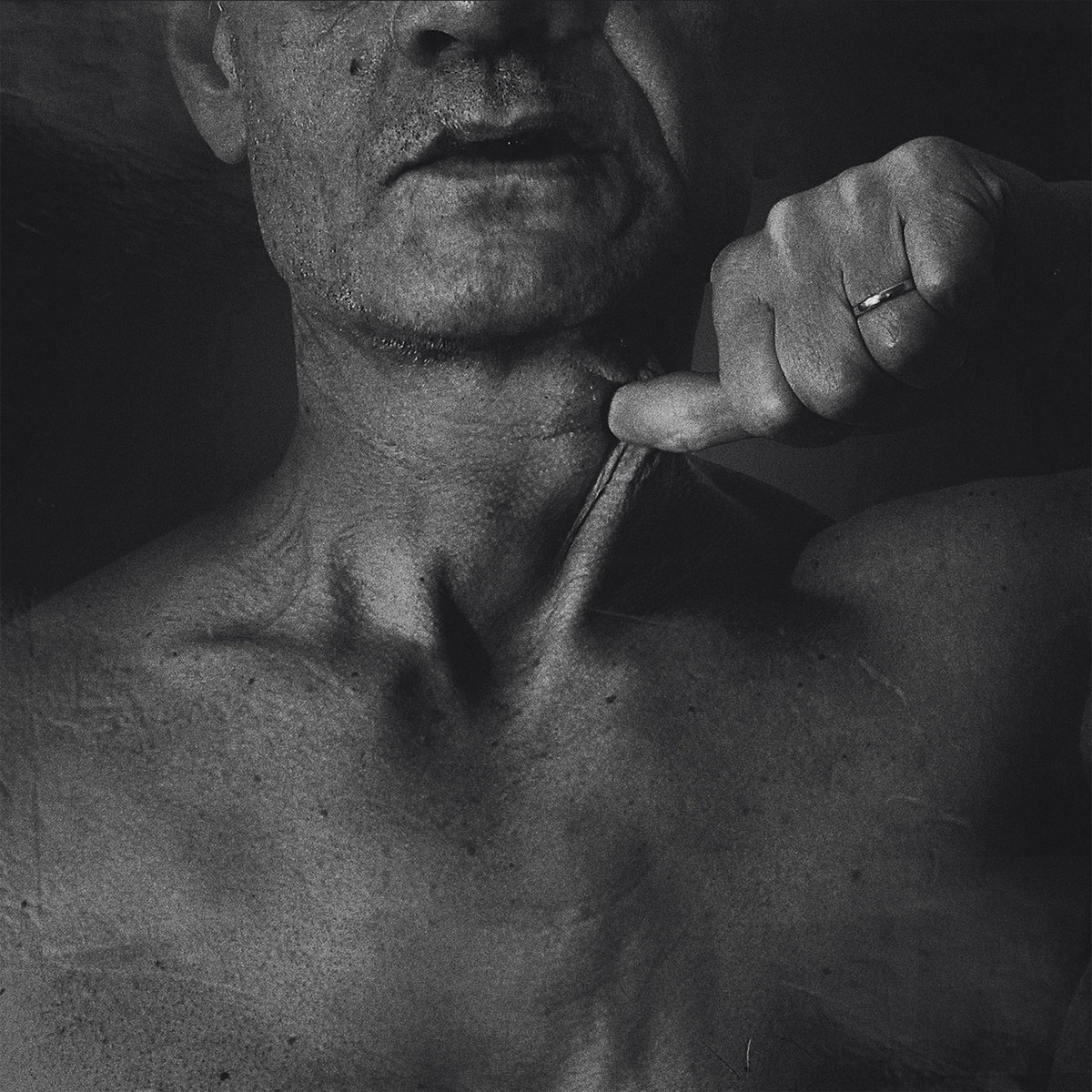
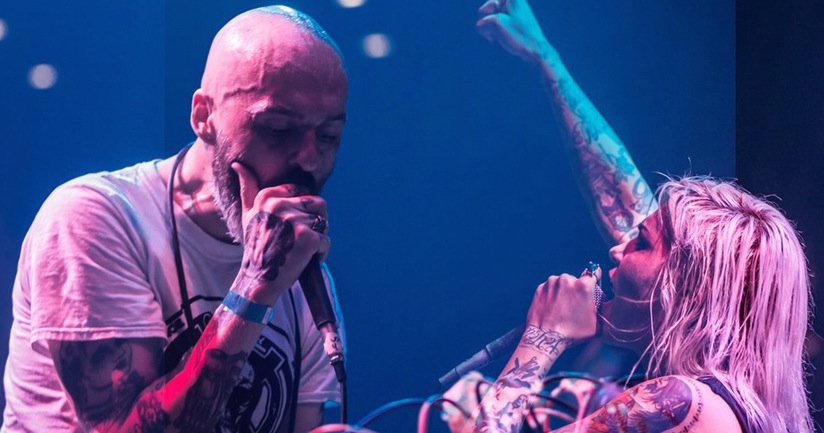
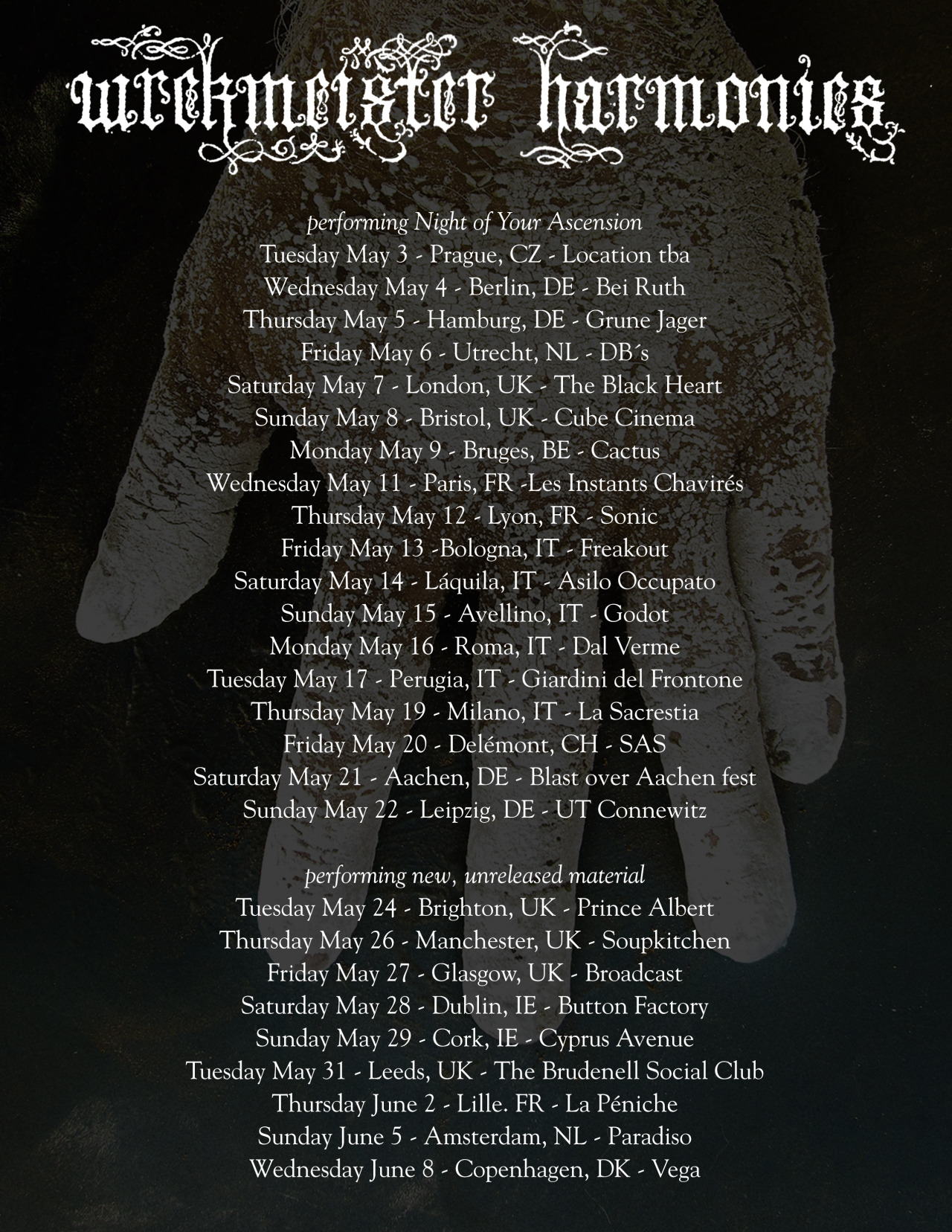
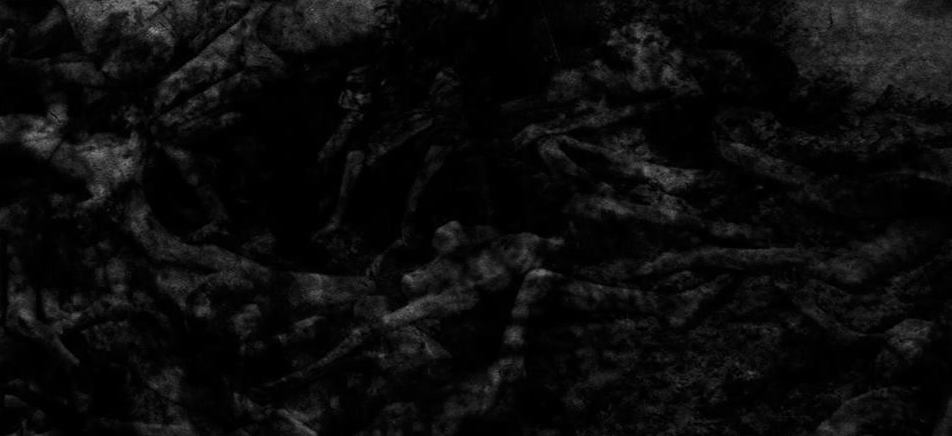

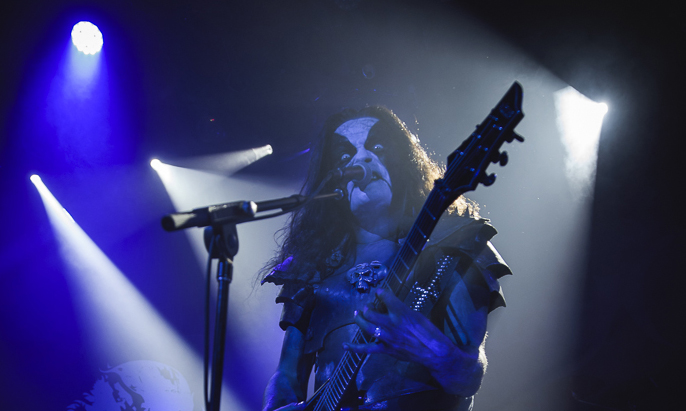

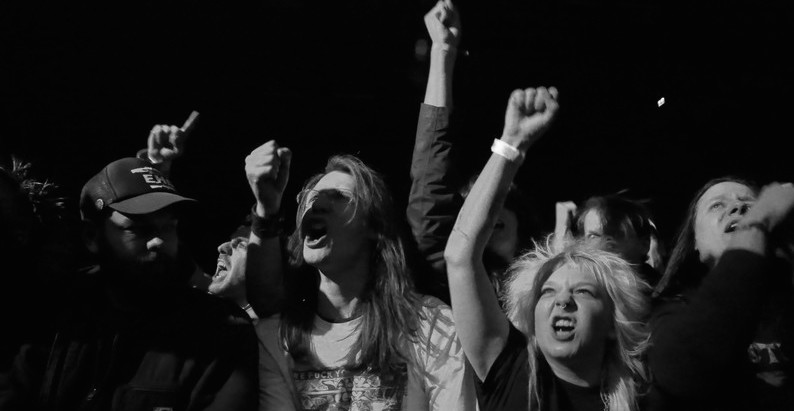
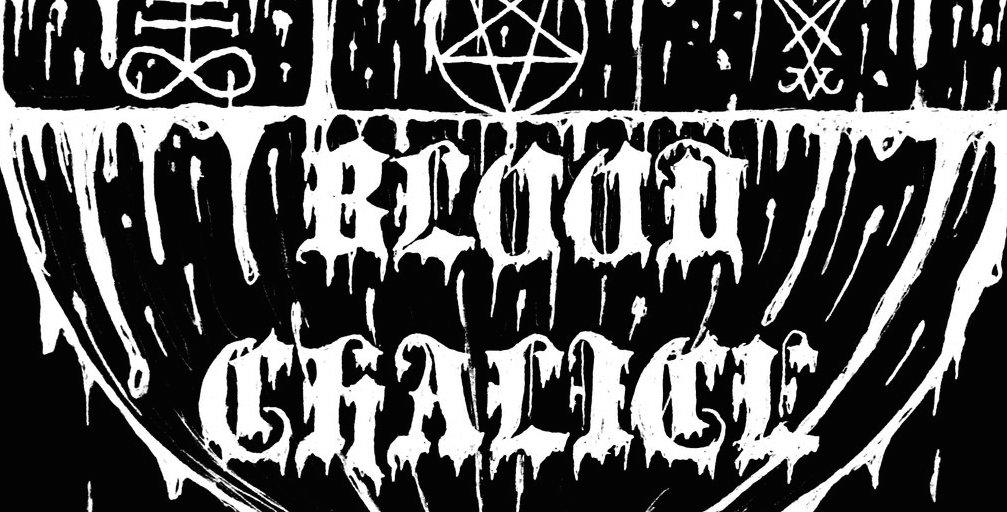
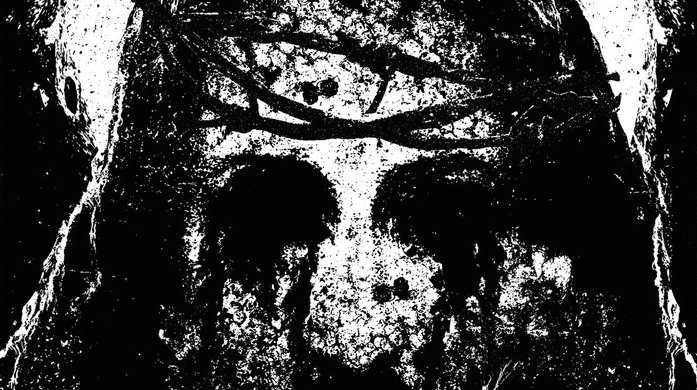
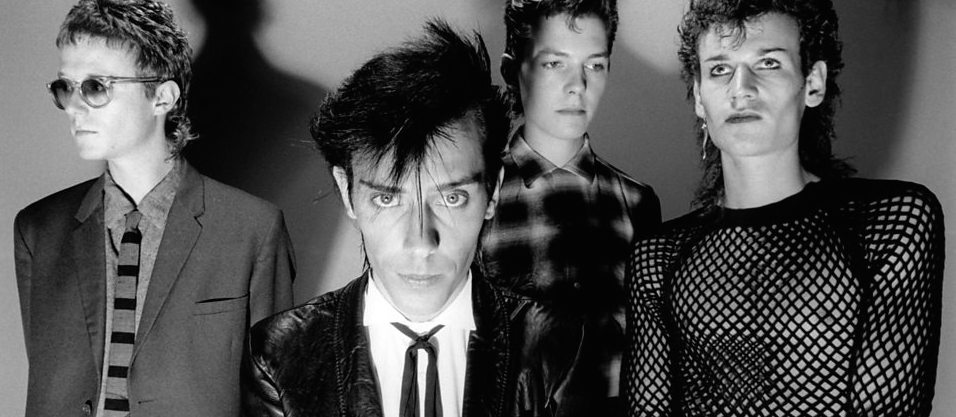

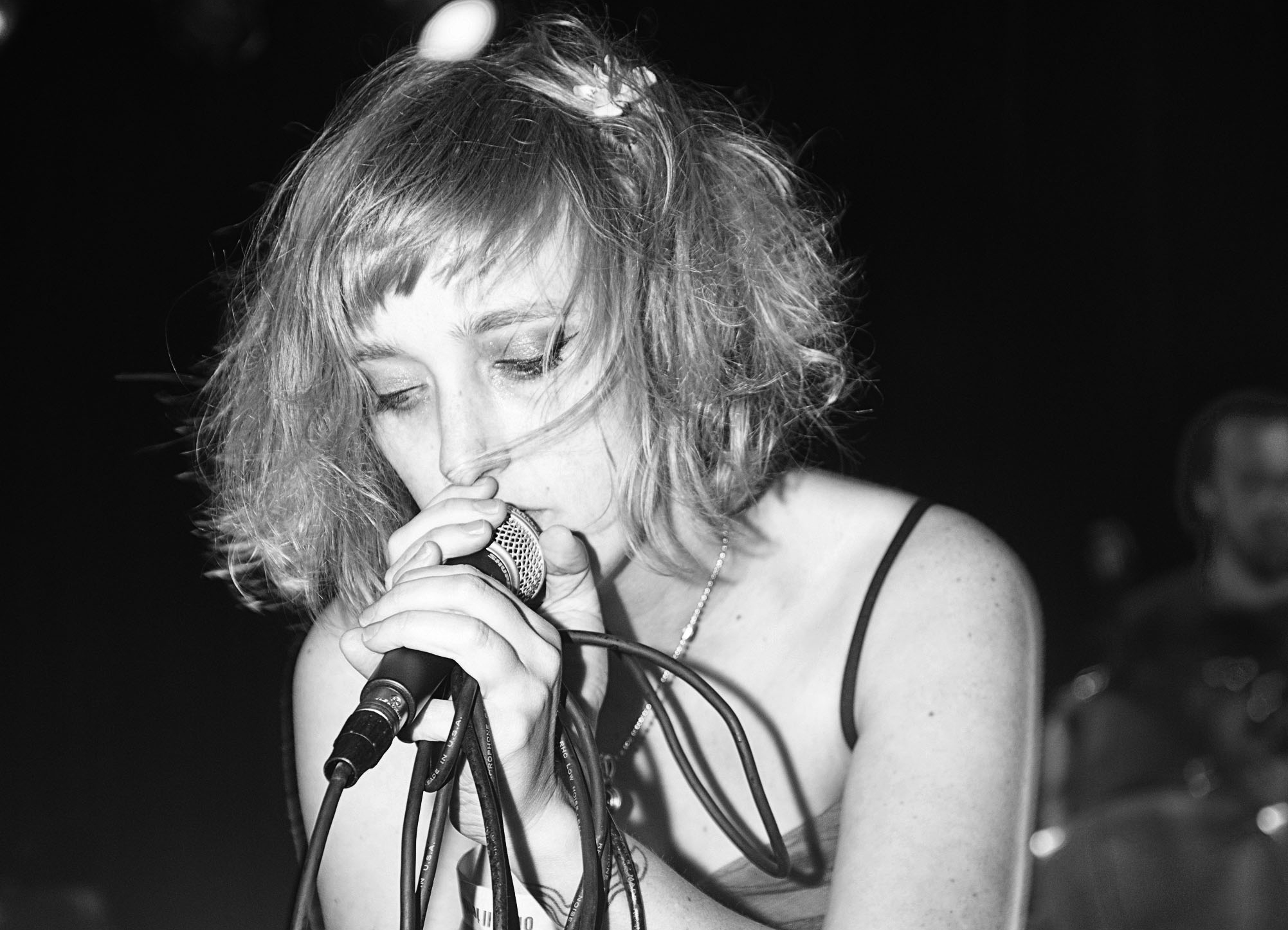
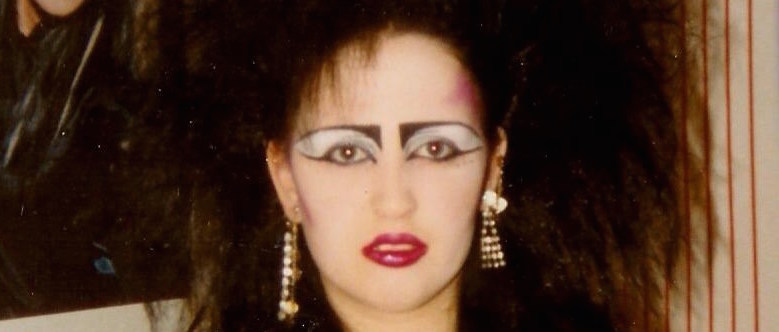
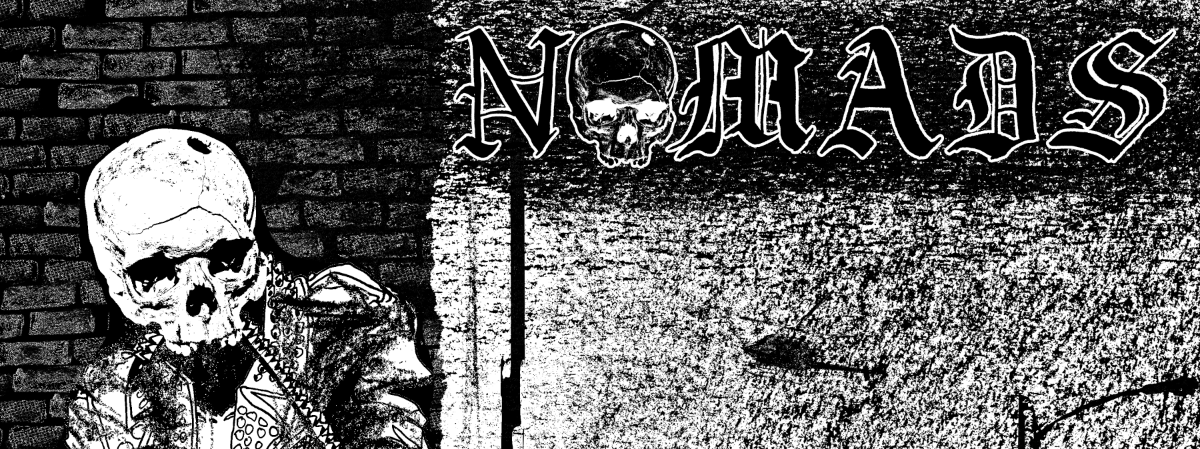
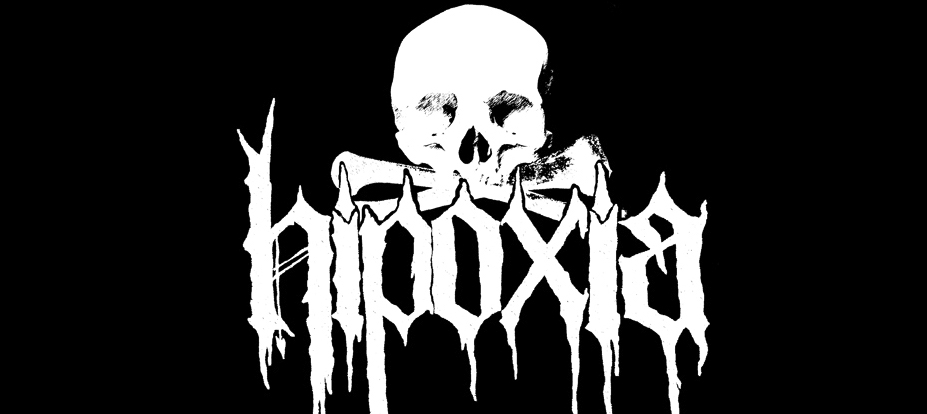
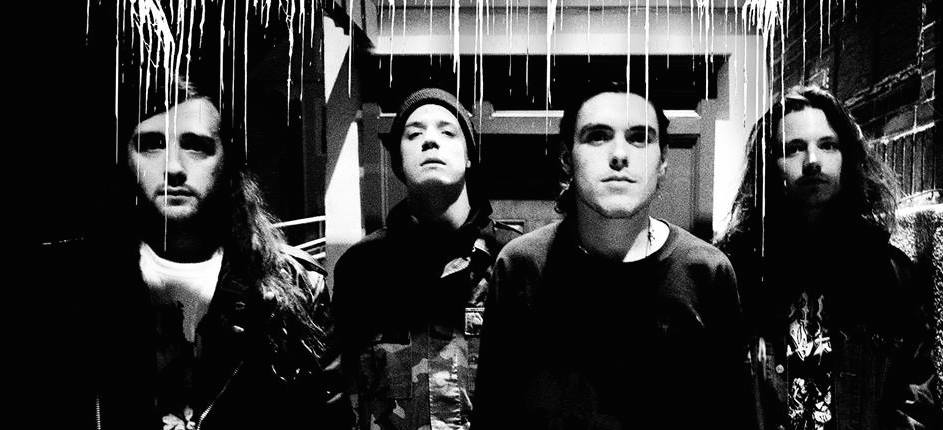
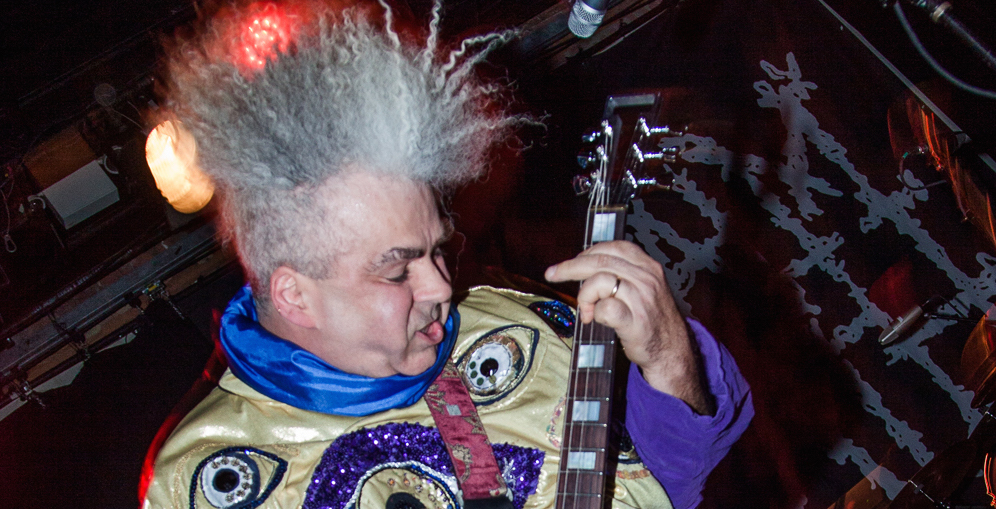

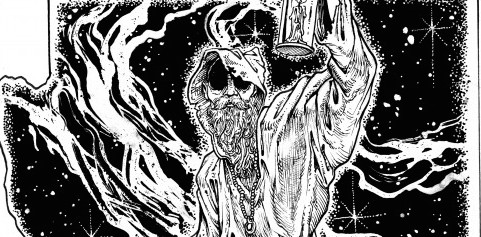
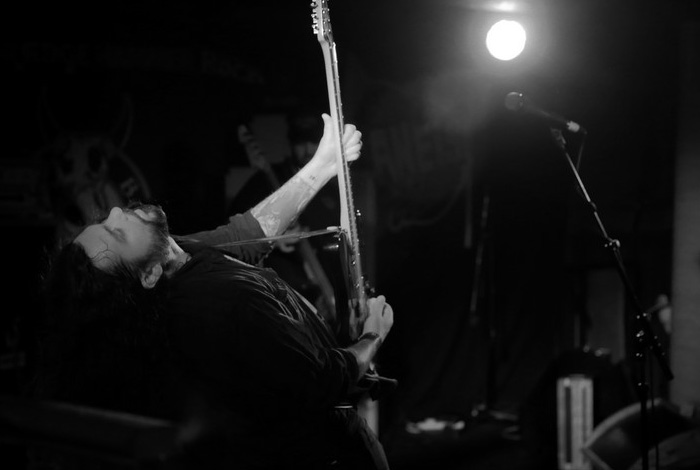
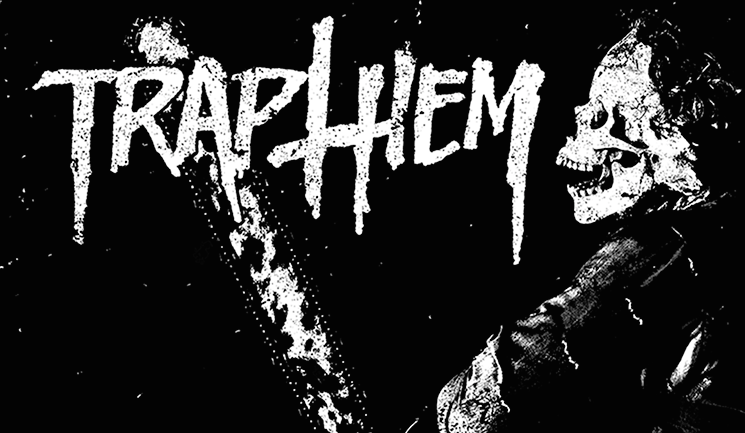

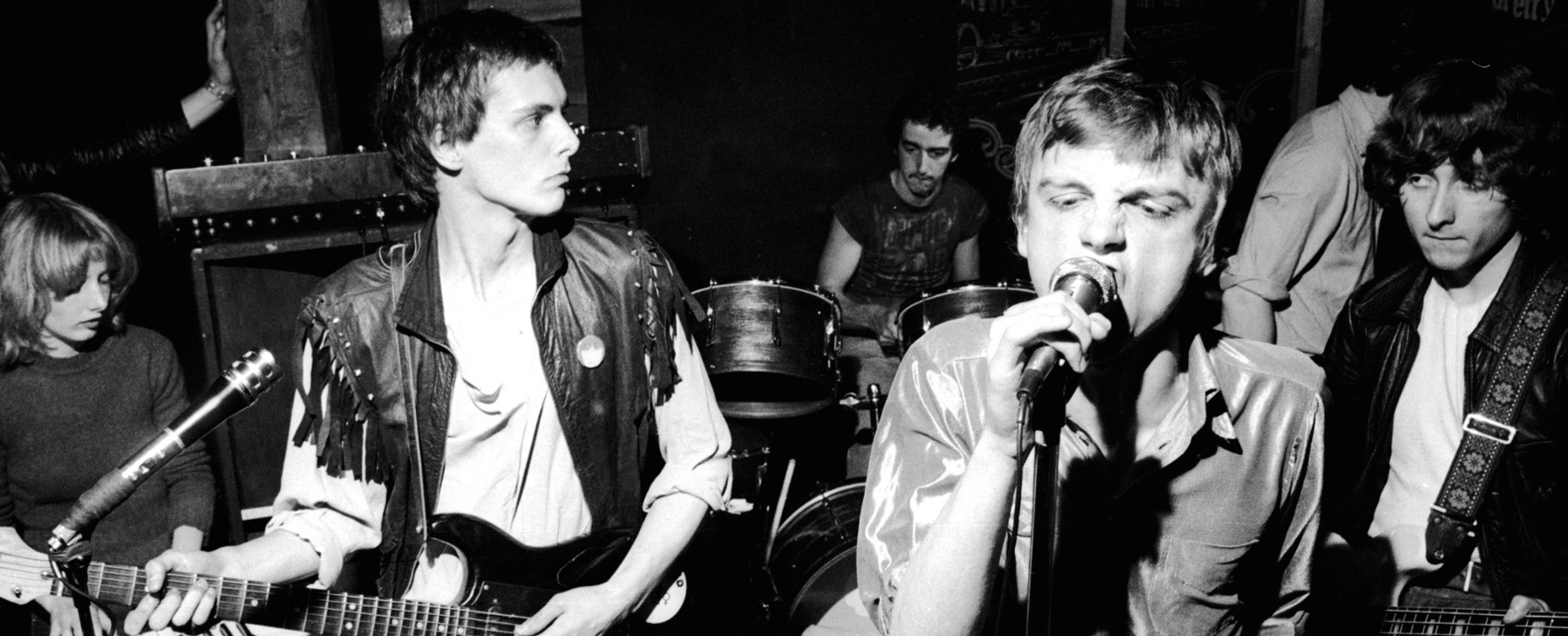
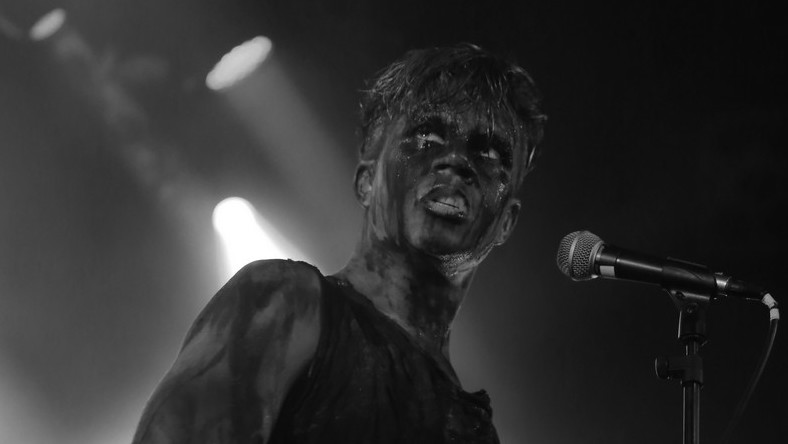
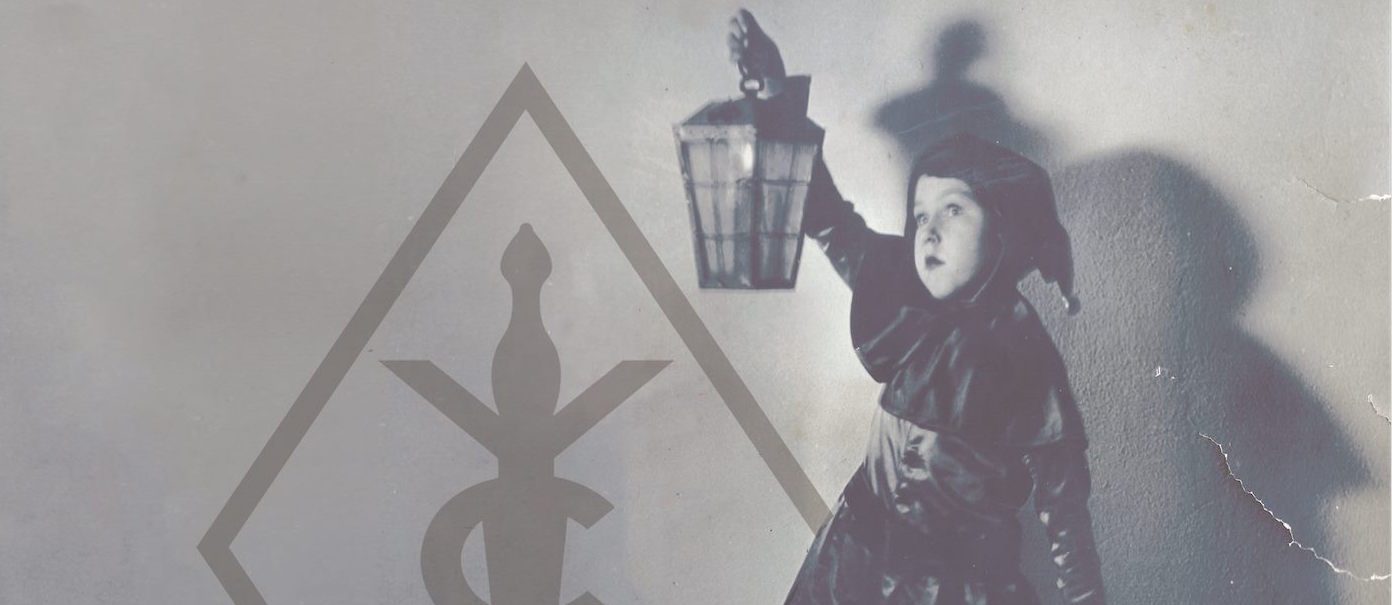

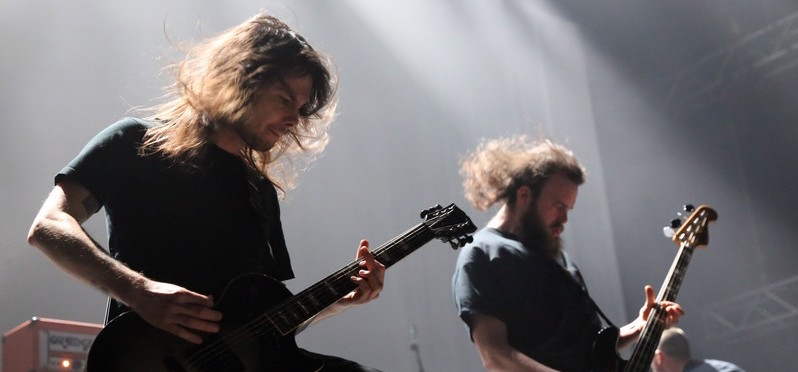

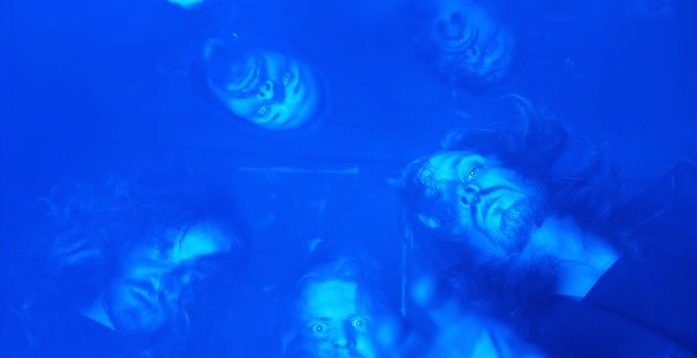
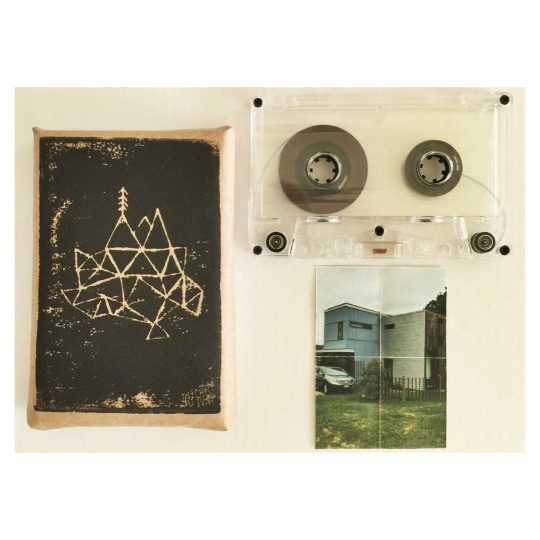
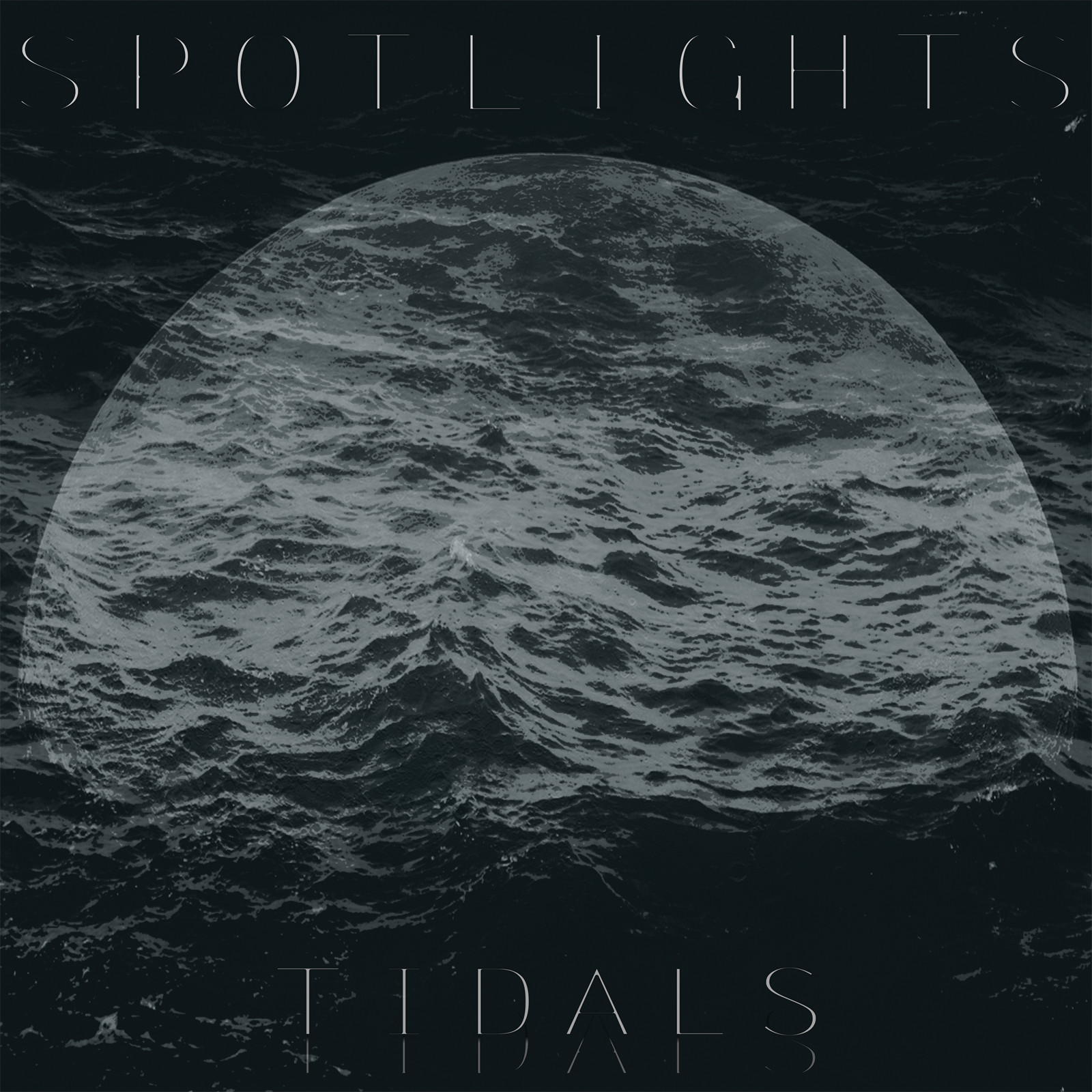
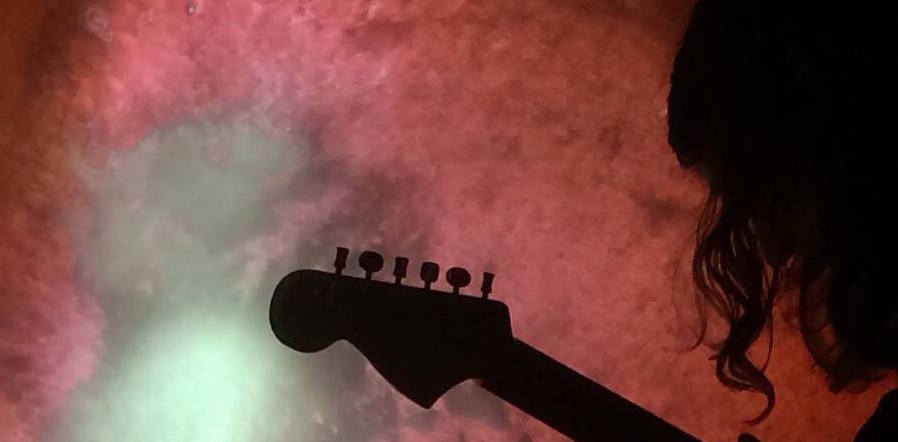

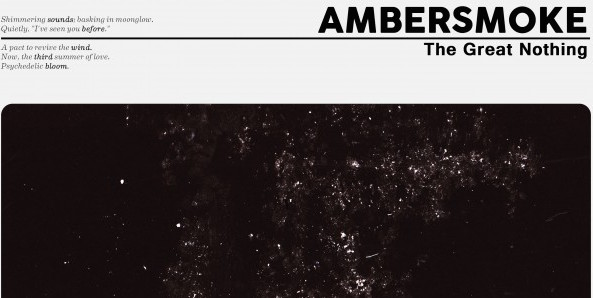
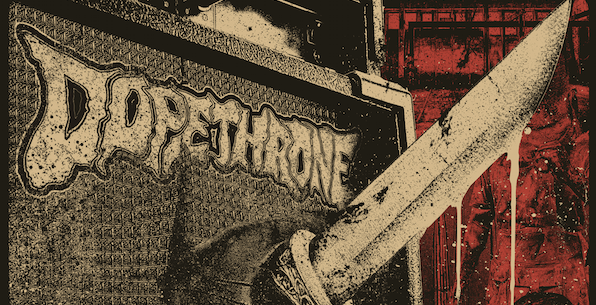


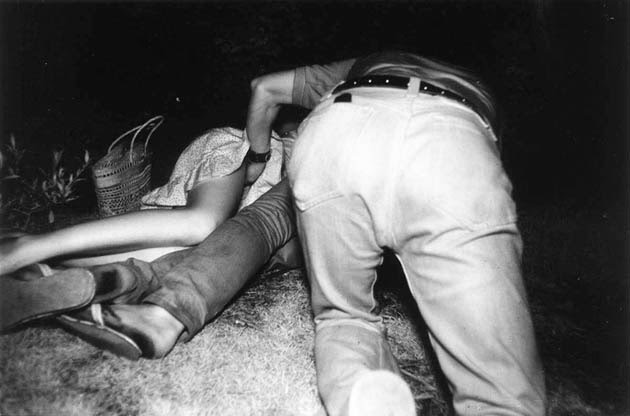
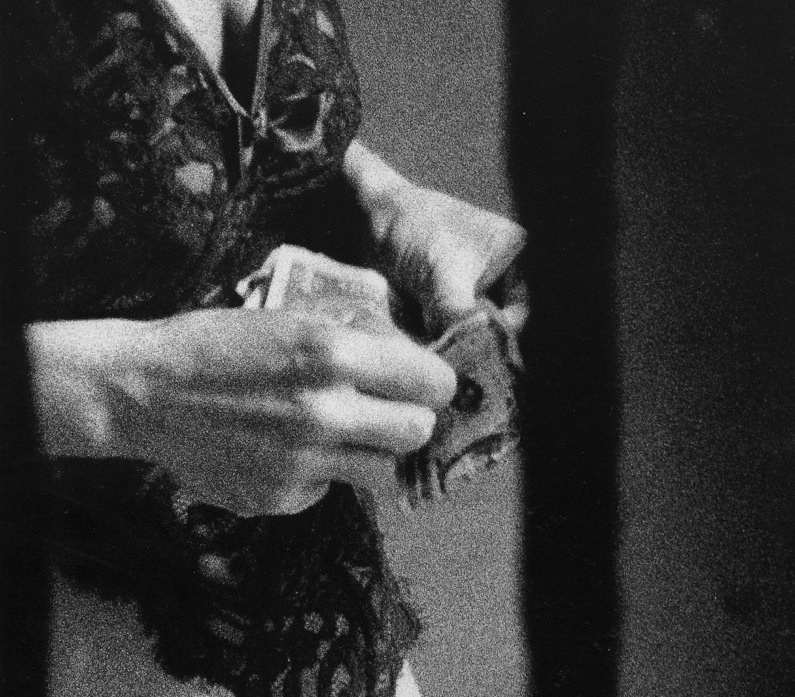

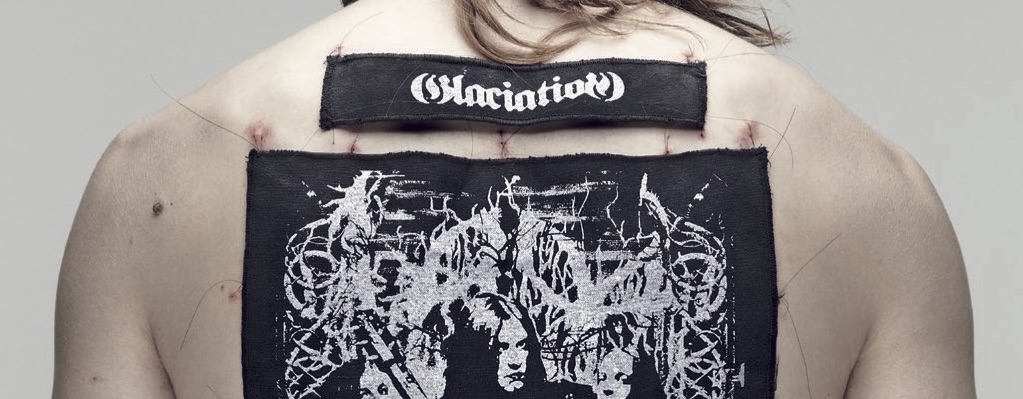

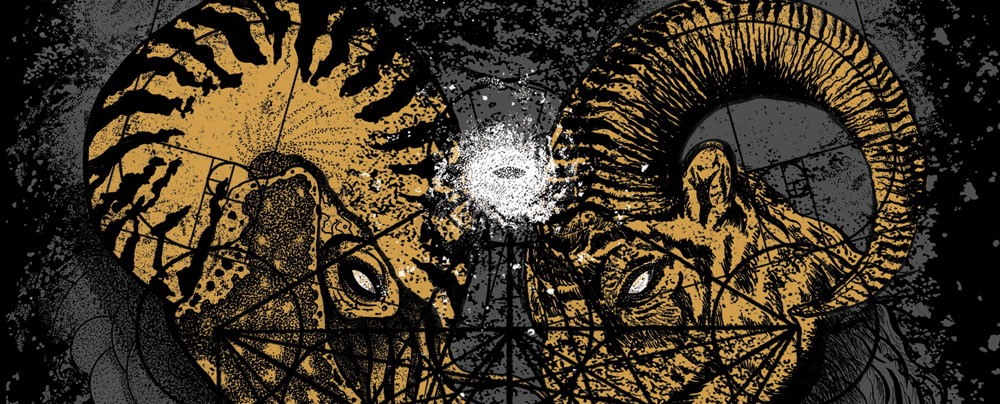

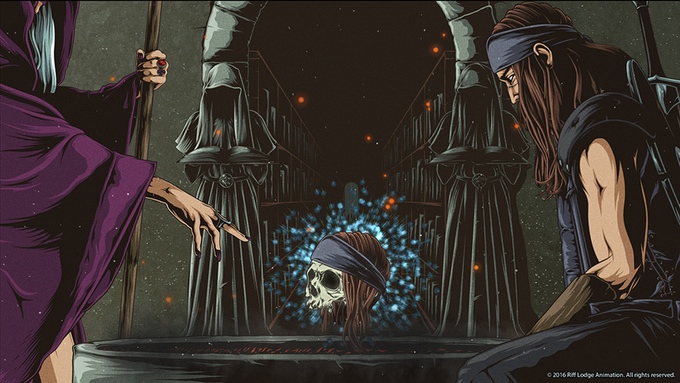
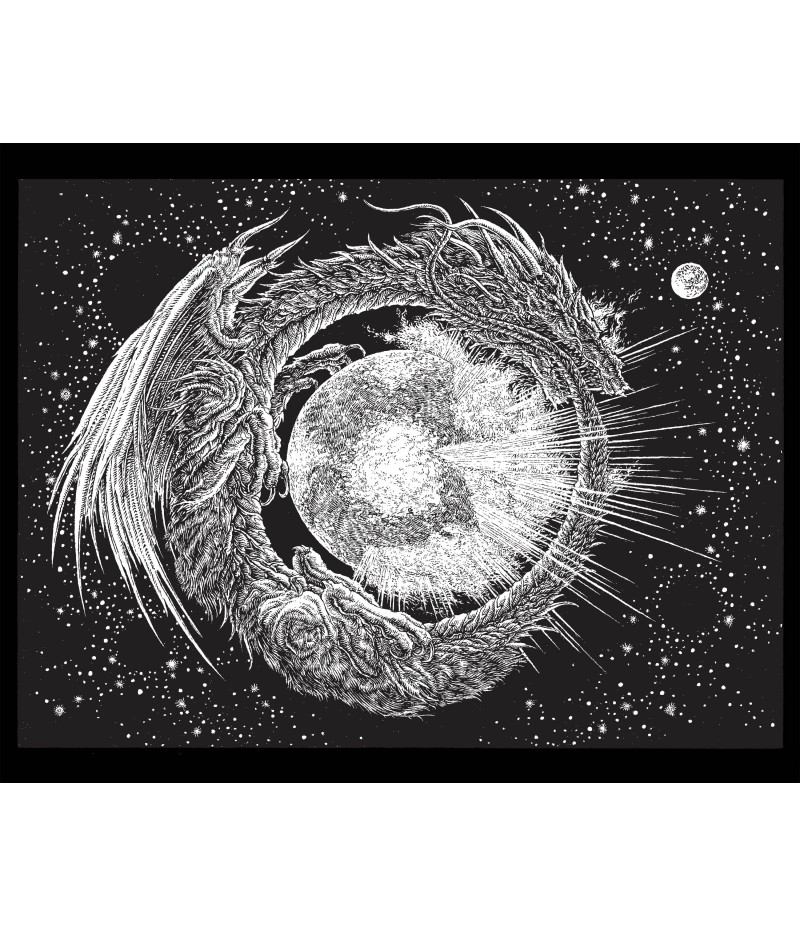
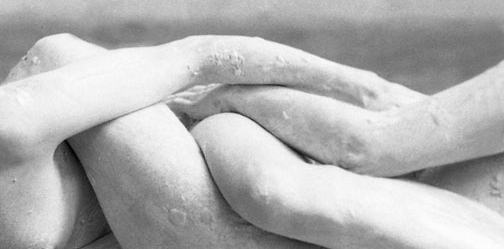
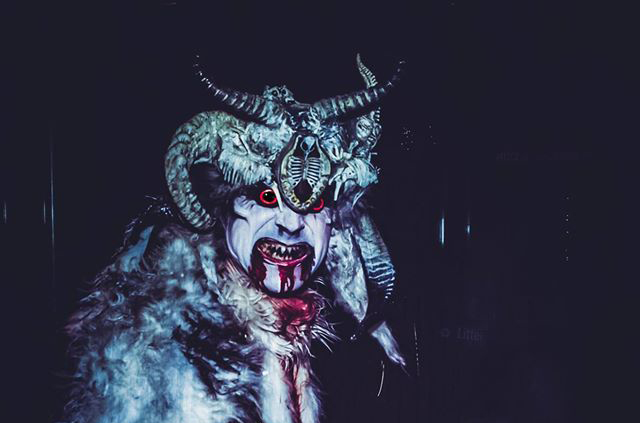
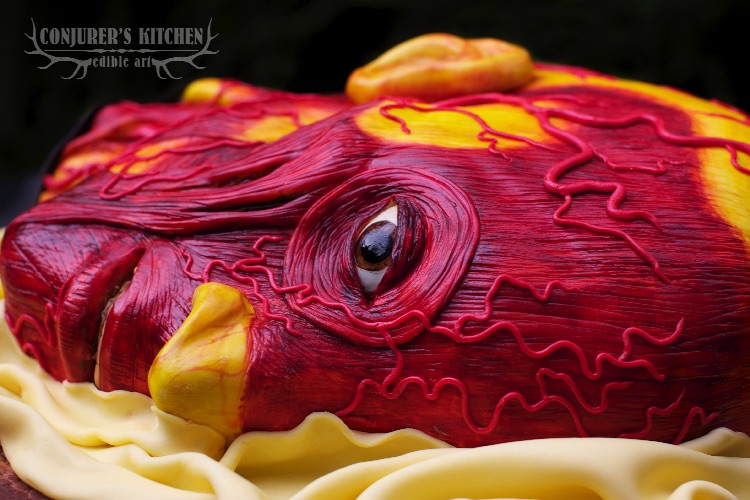
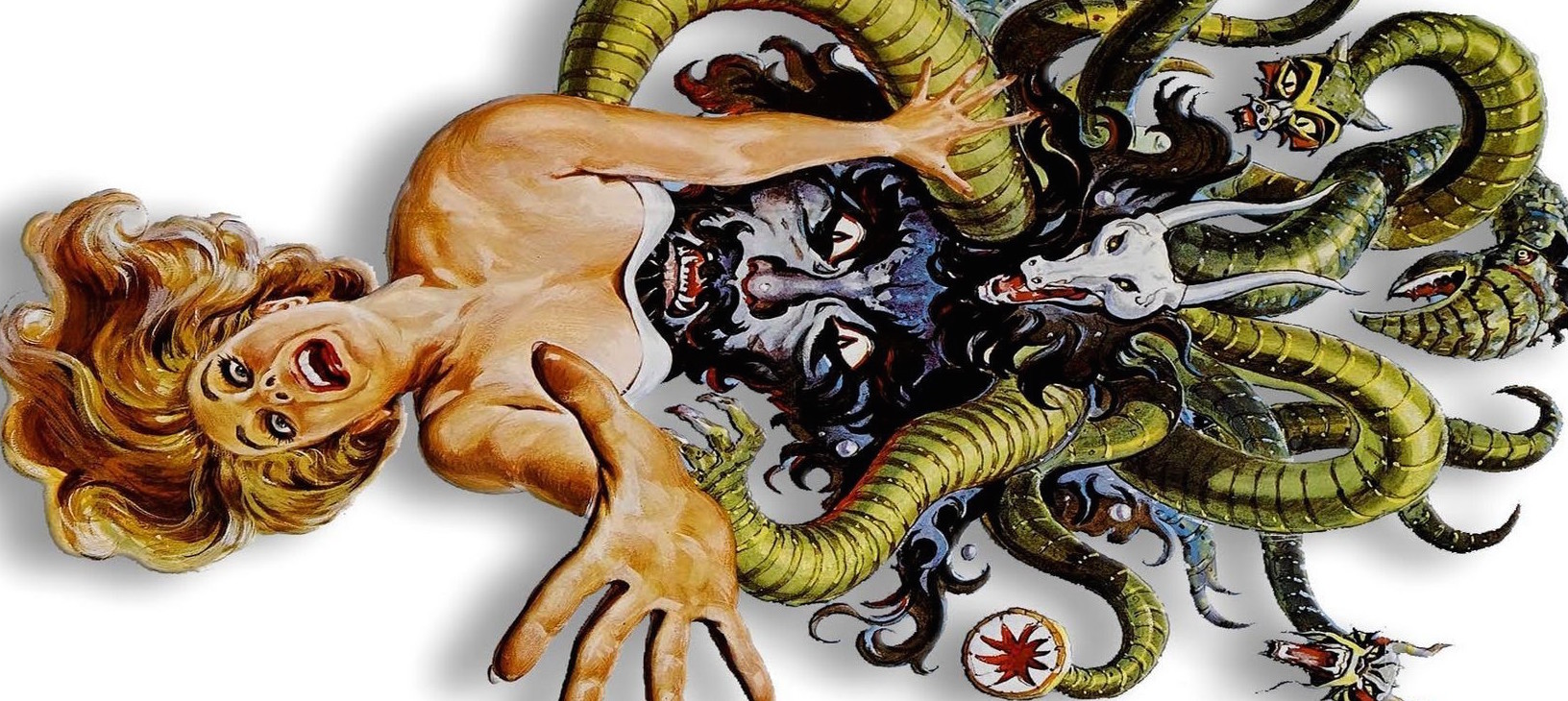

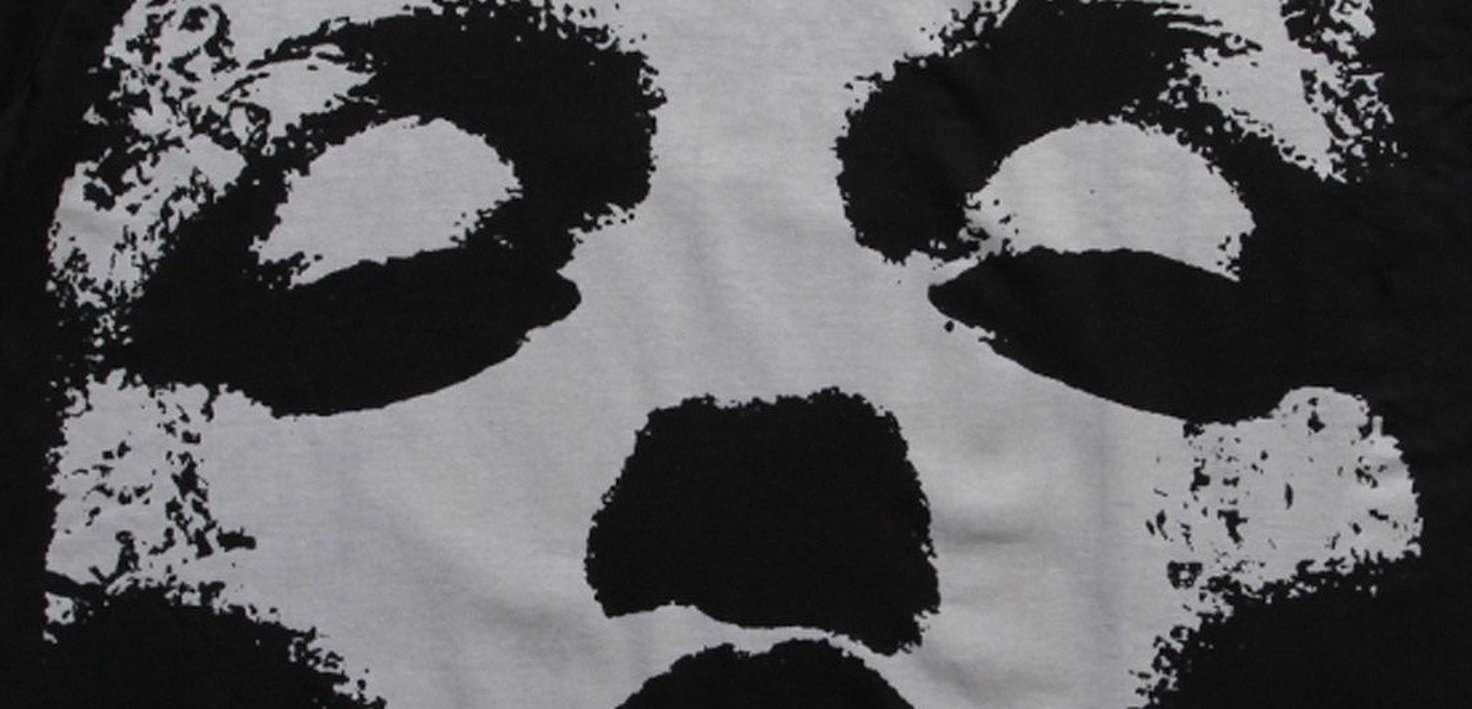
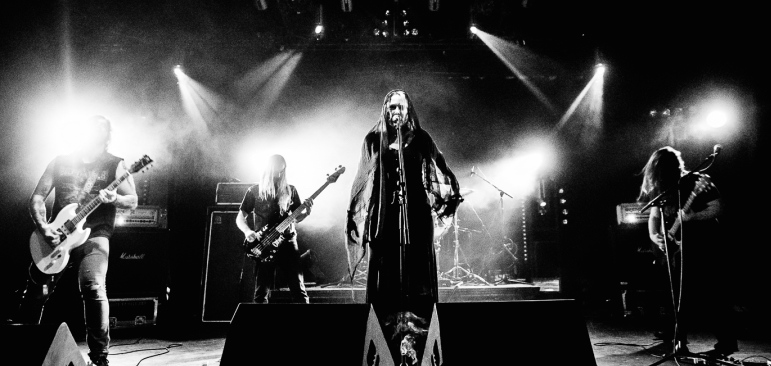
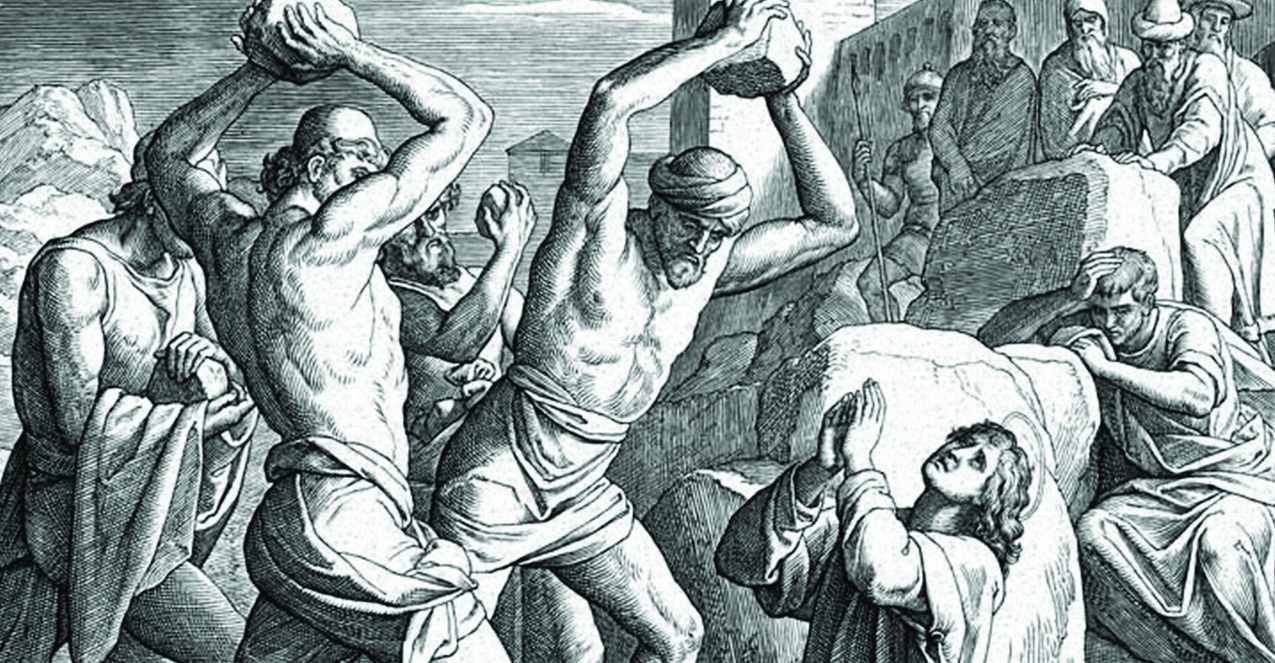
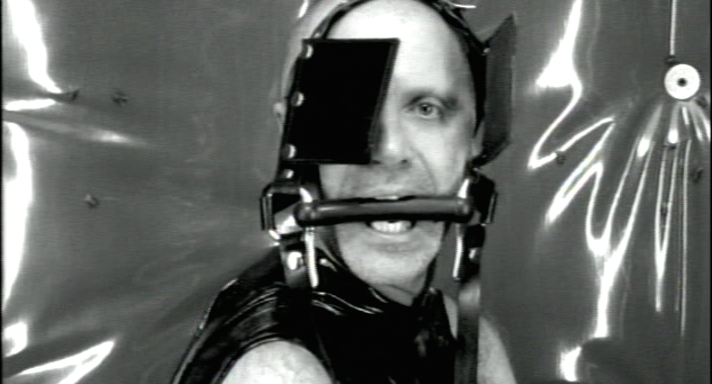

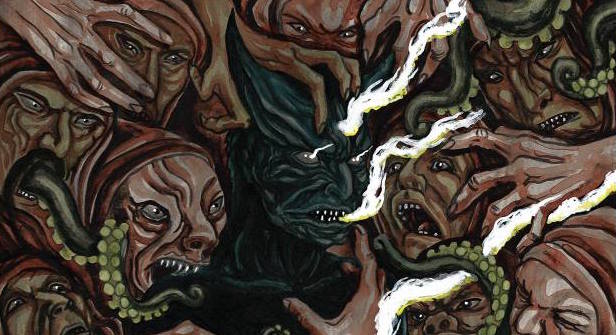
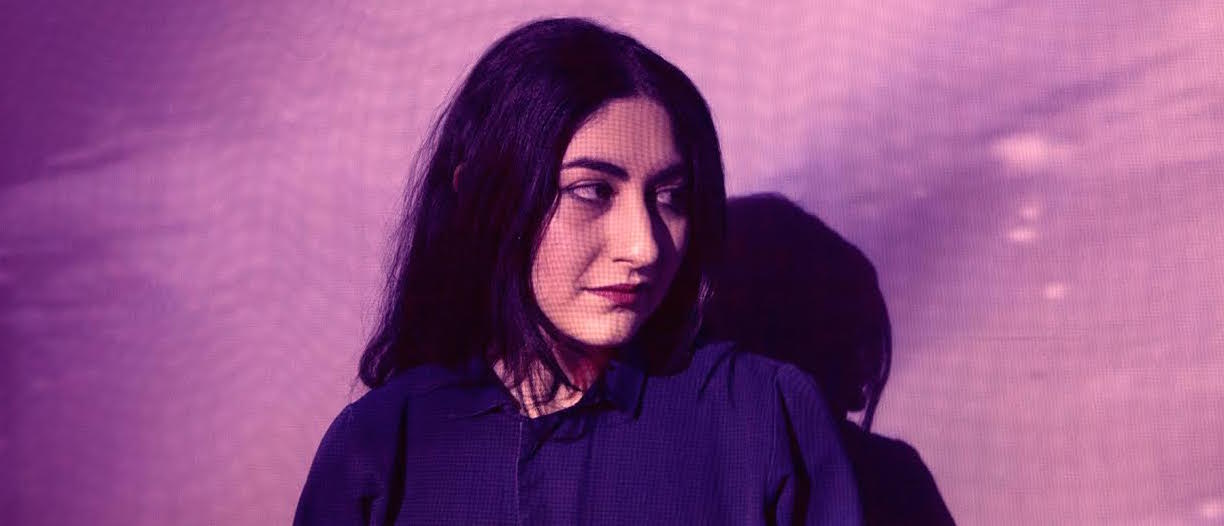
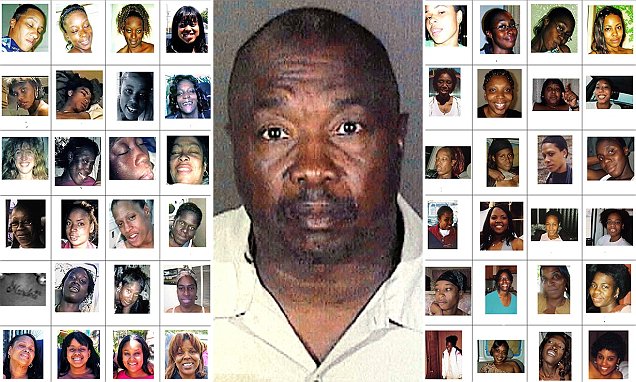
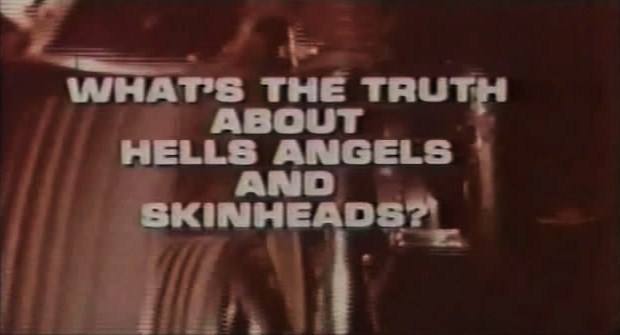
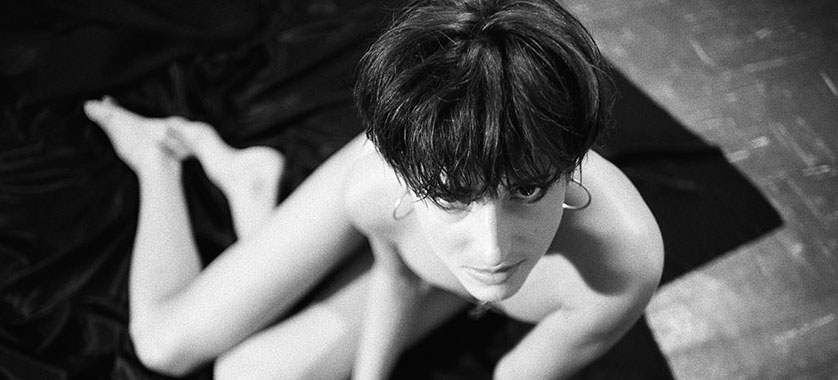




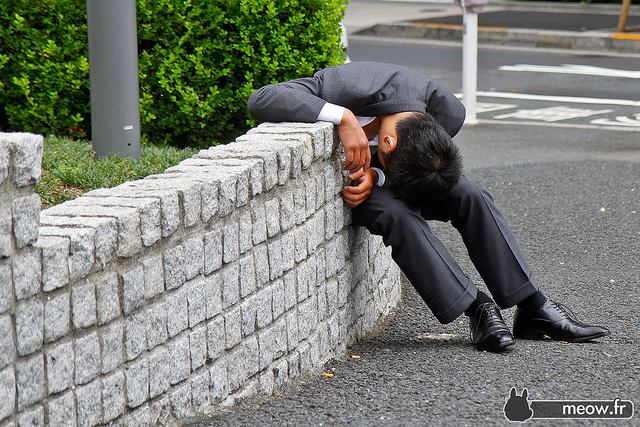



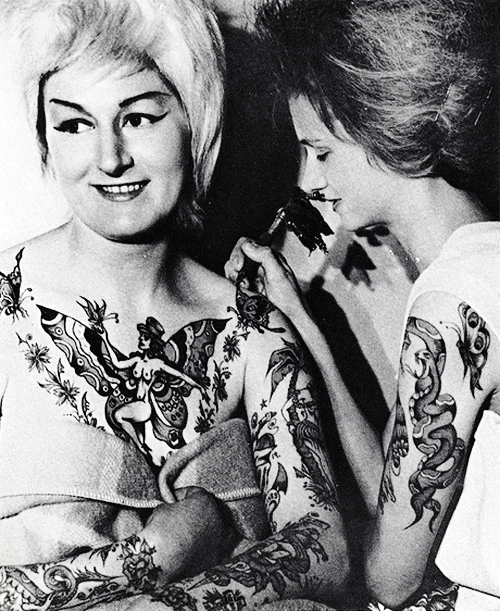

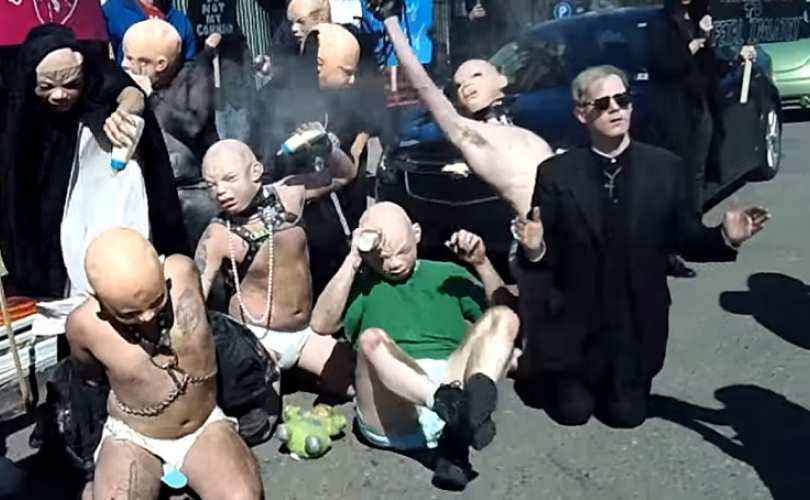












Eduardo Videla Pavisic
January 19, 2014 at 11:07 am
Excellent
Nestor Avalos
December 16, 2013 at 6:56 pm
great one – two powerful artist
– sharing one of my newest pieces –
Scott992
December 10, 2013 at 9:51 pm
Excellent interview, two great artists.
nekro alkohol
December 6, 2013 at 8:23 pm
2 grandes artistas colaborando para una poderosa y obscura obra!
no hay palabras para describir el pútrido arte de Mark Riddick y a la vez, el obscuro y negro arte elaborado por Daniel Corcuera!!
Keno
December 6, 2013 at 1:00 pm
Great interview of this two amazing dark artists.